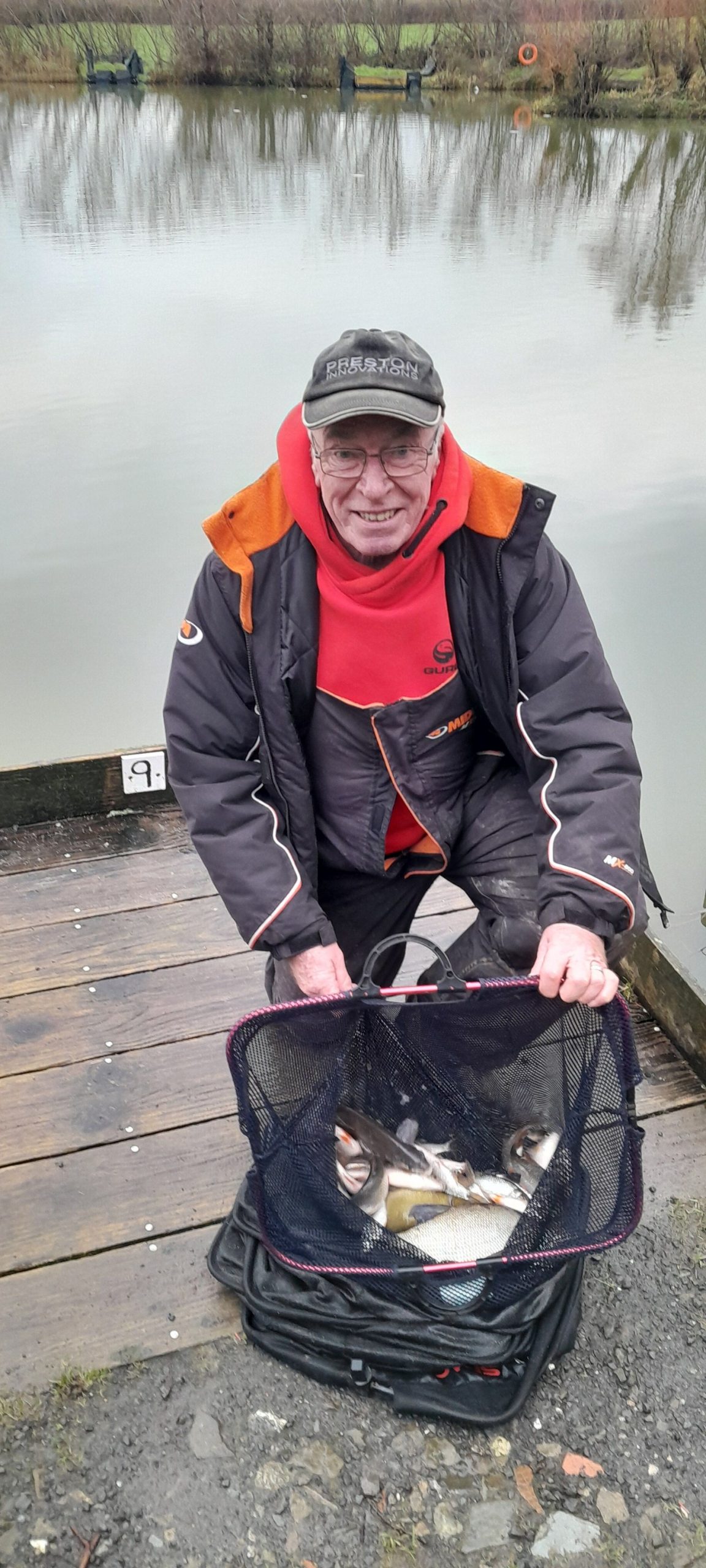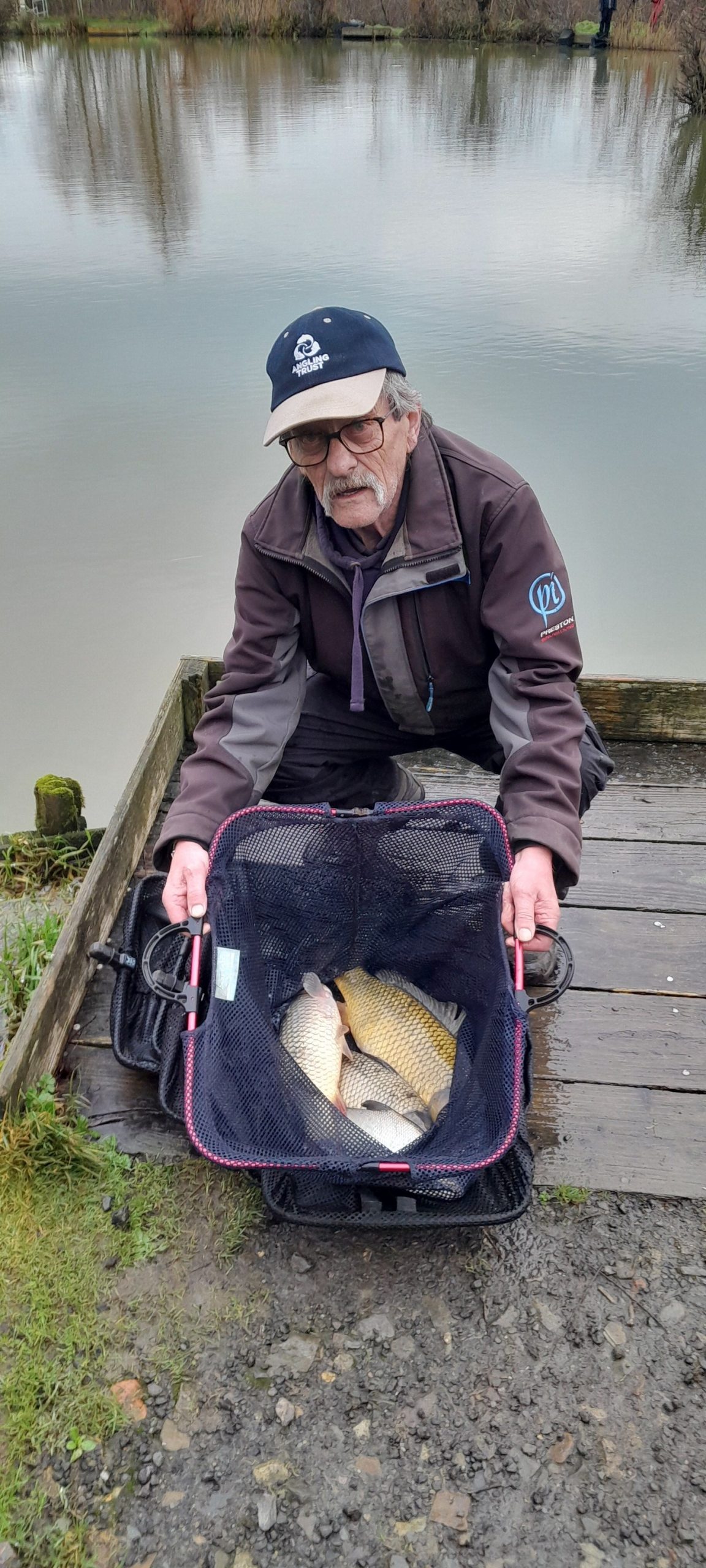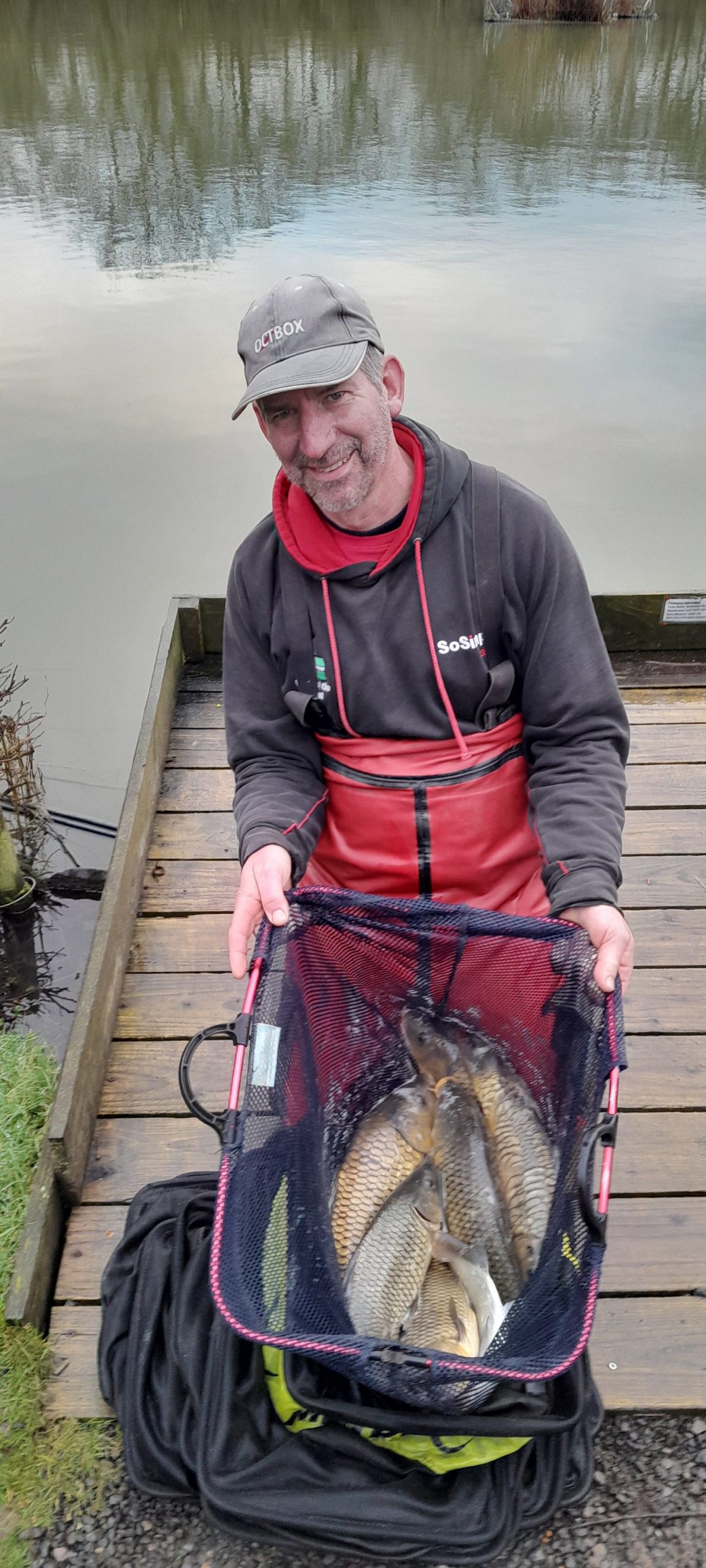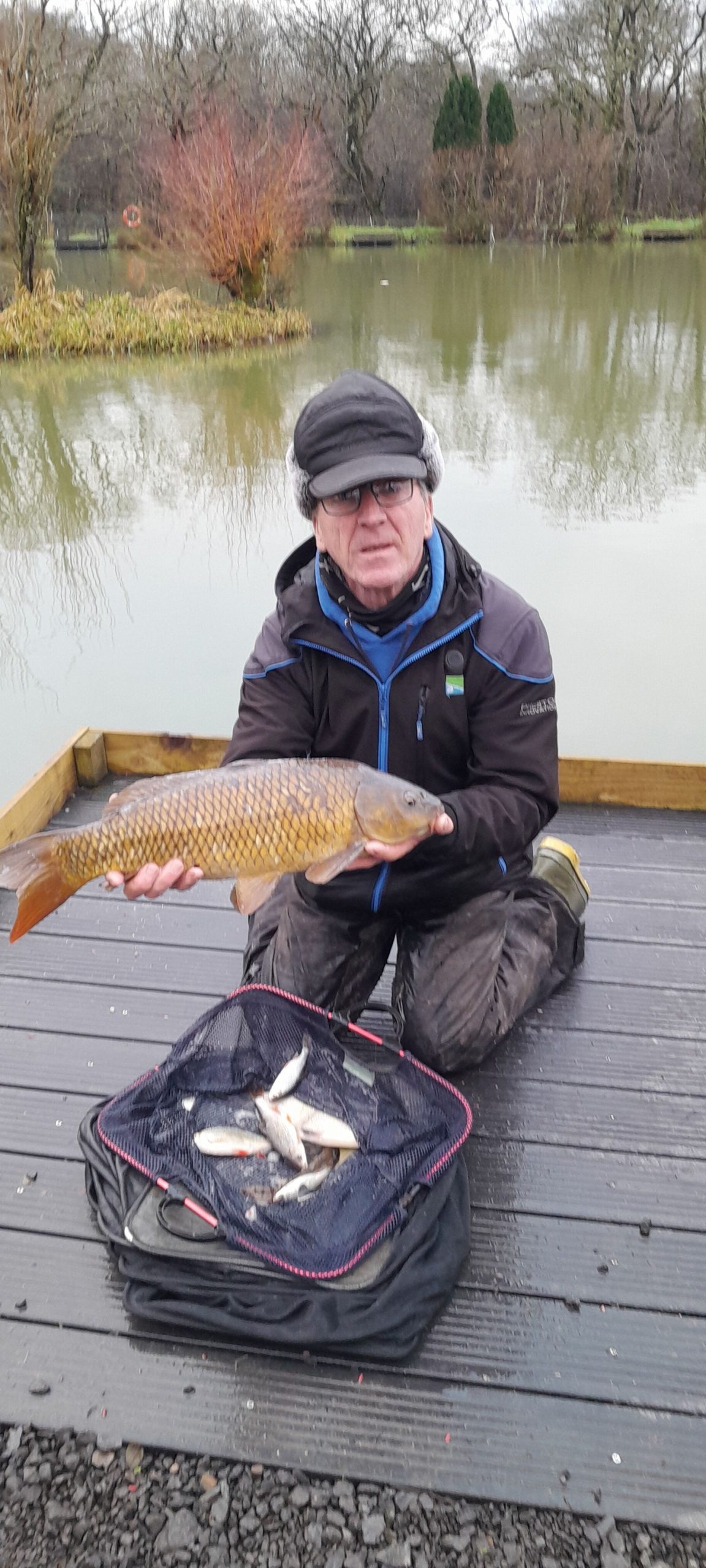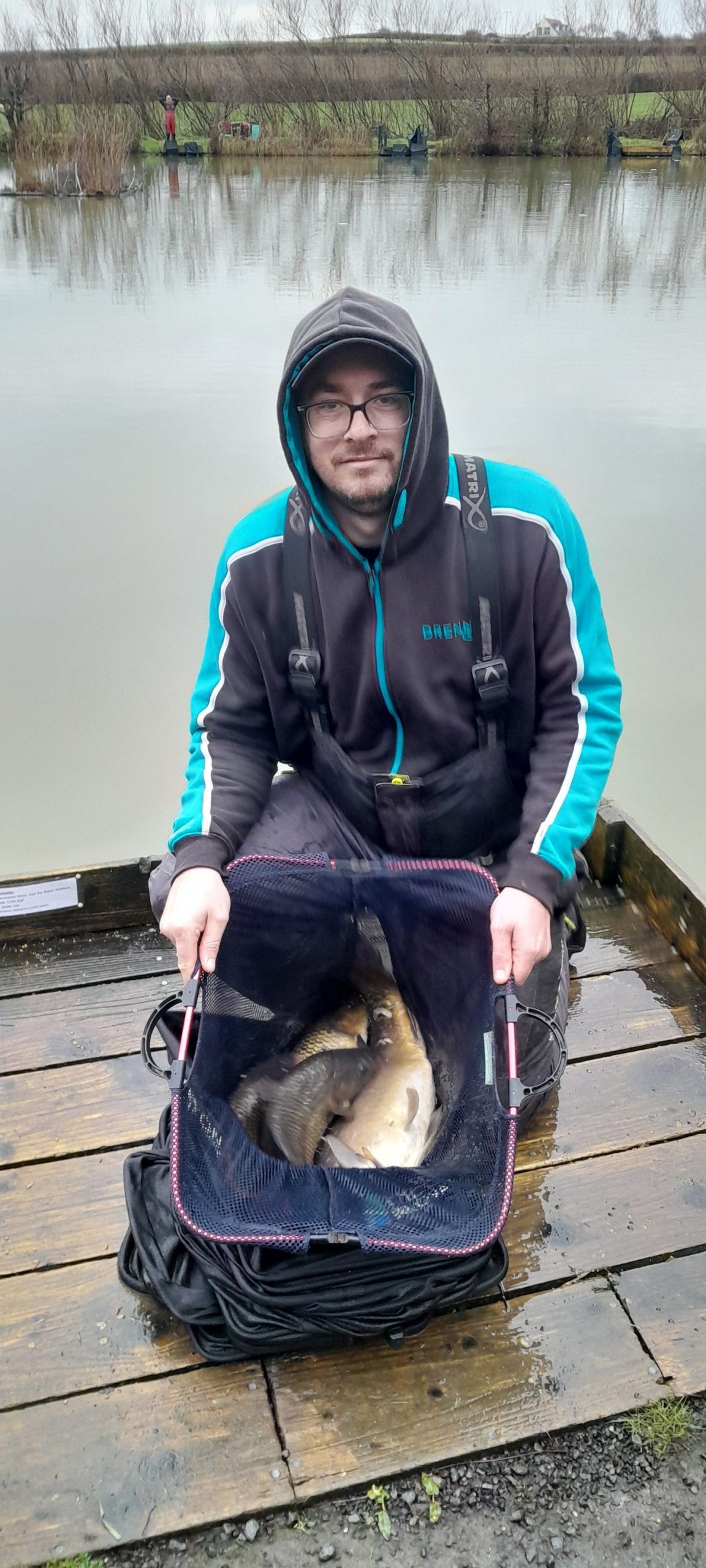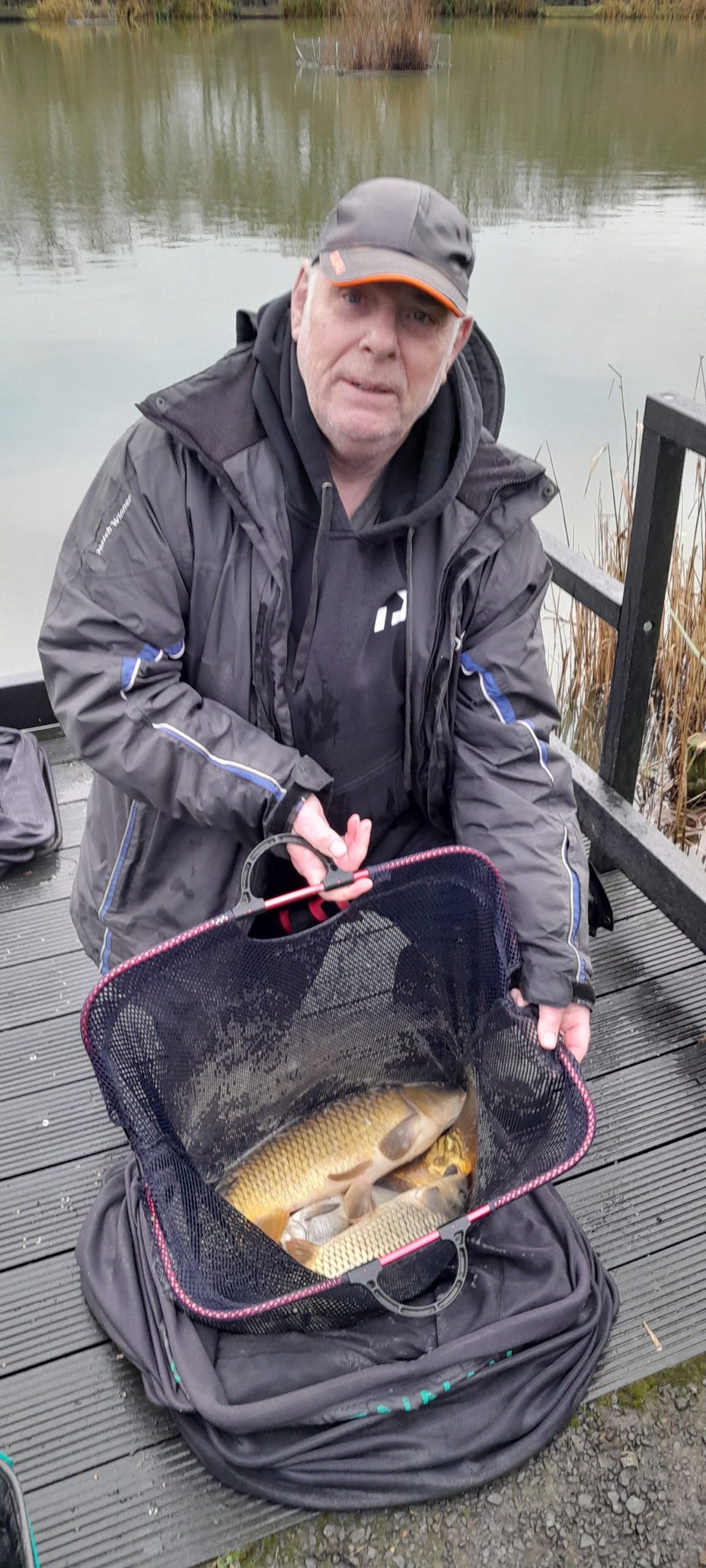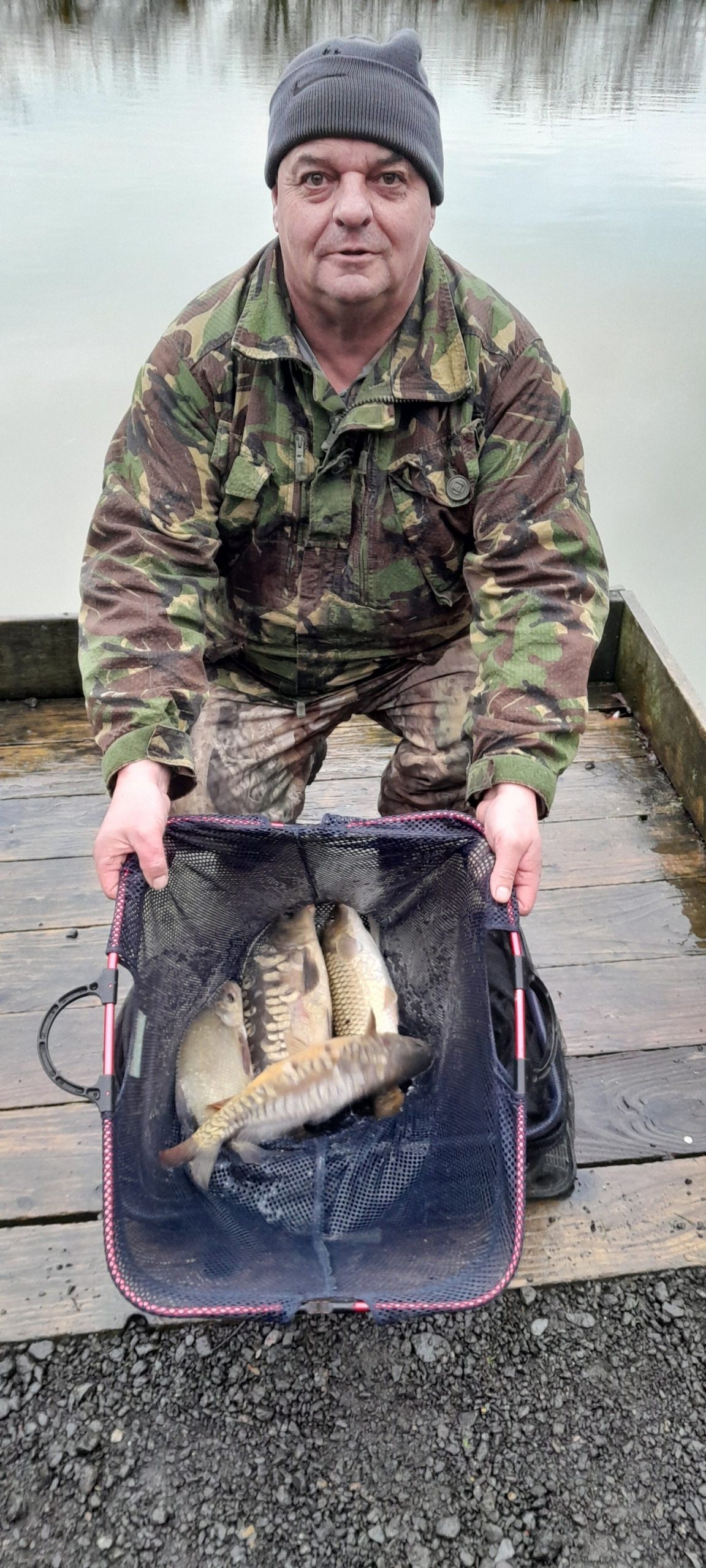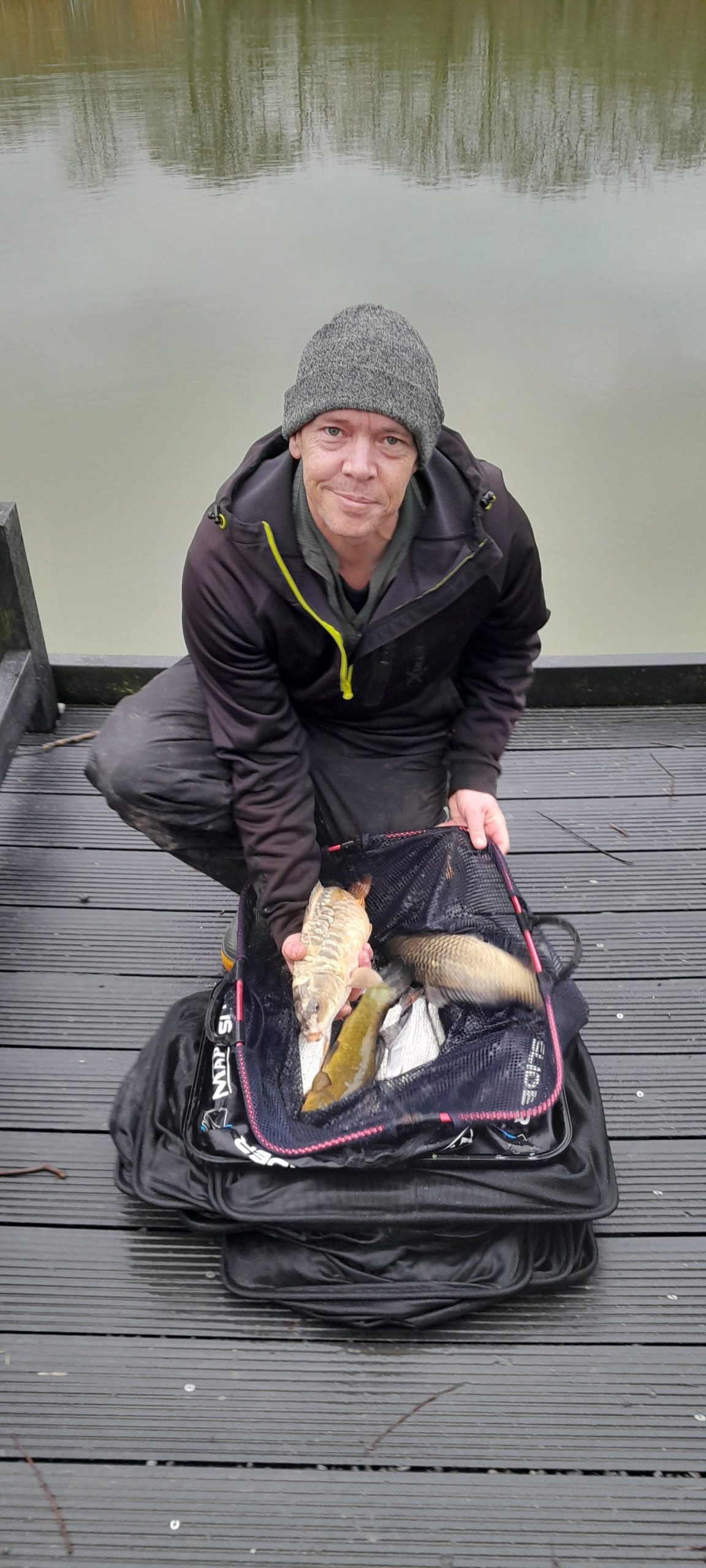
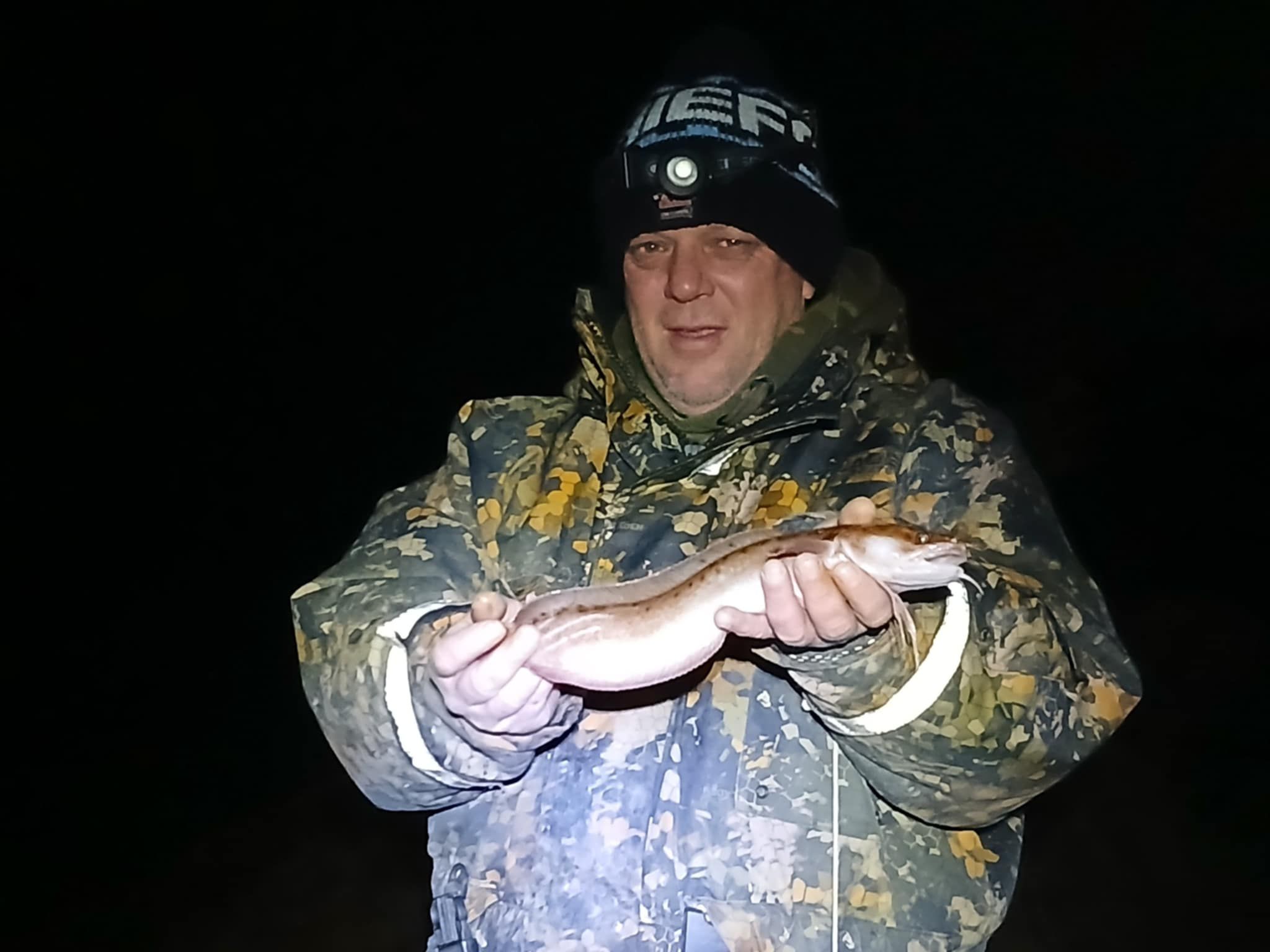
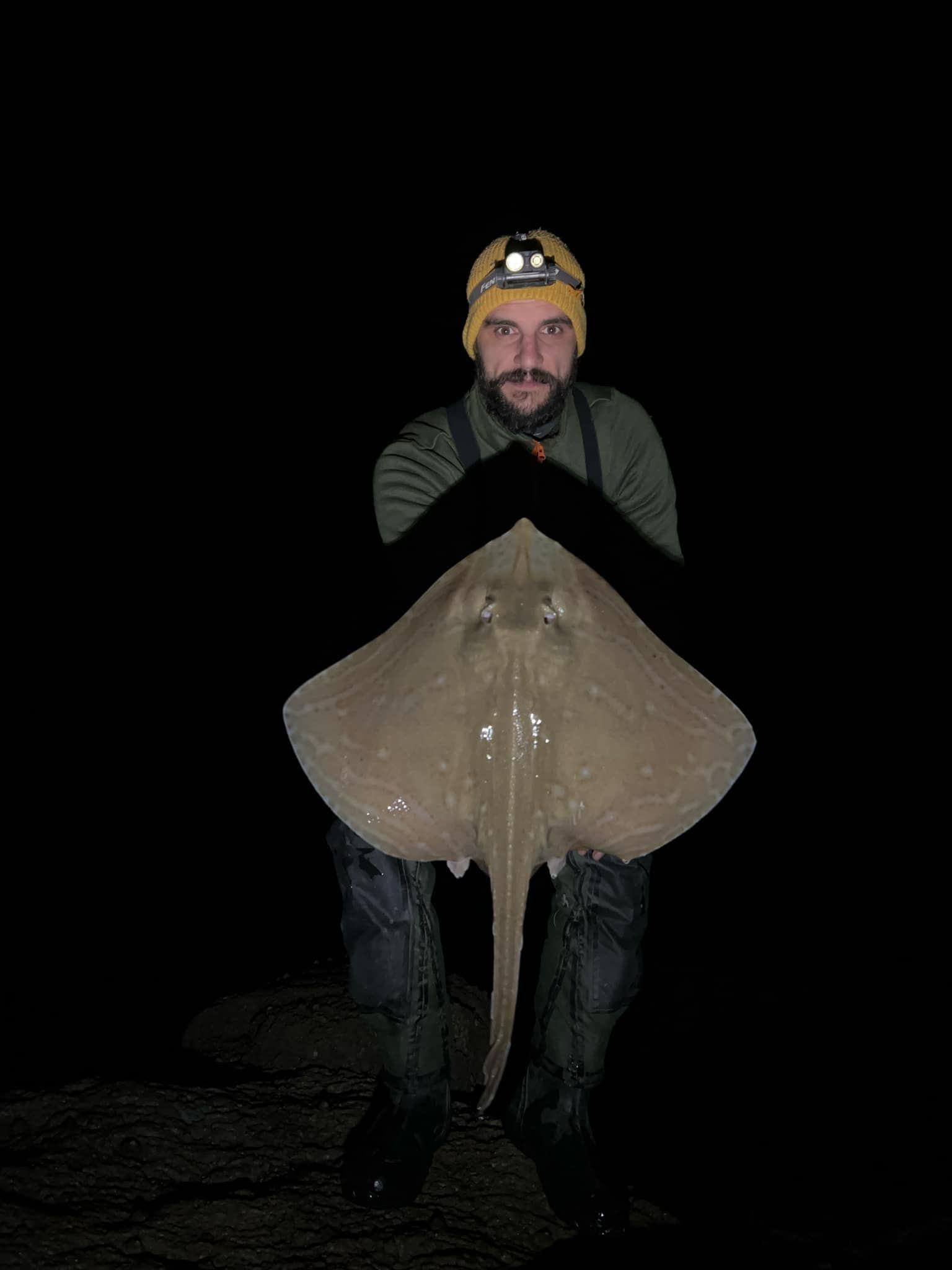





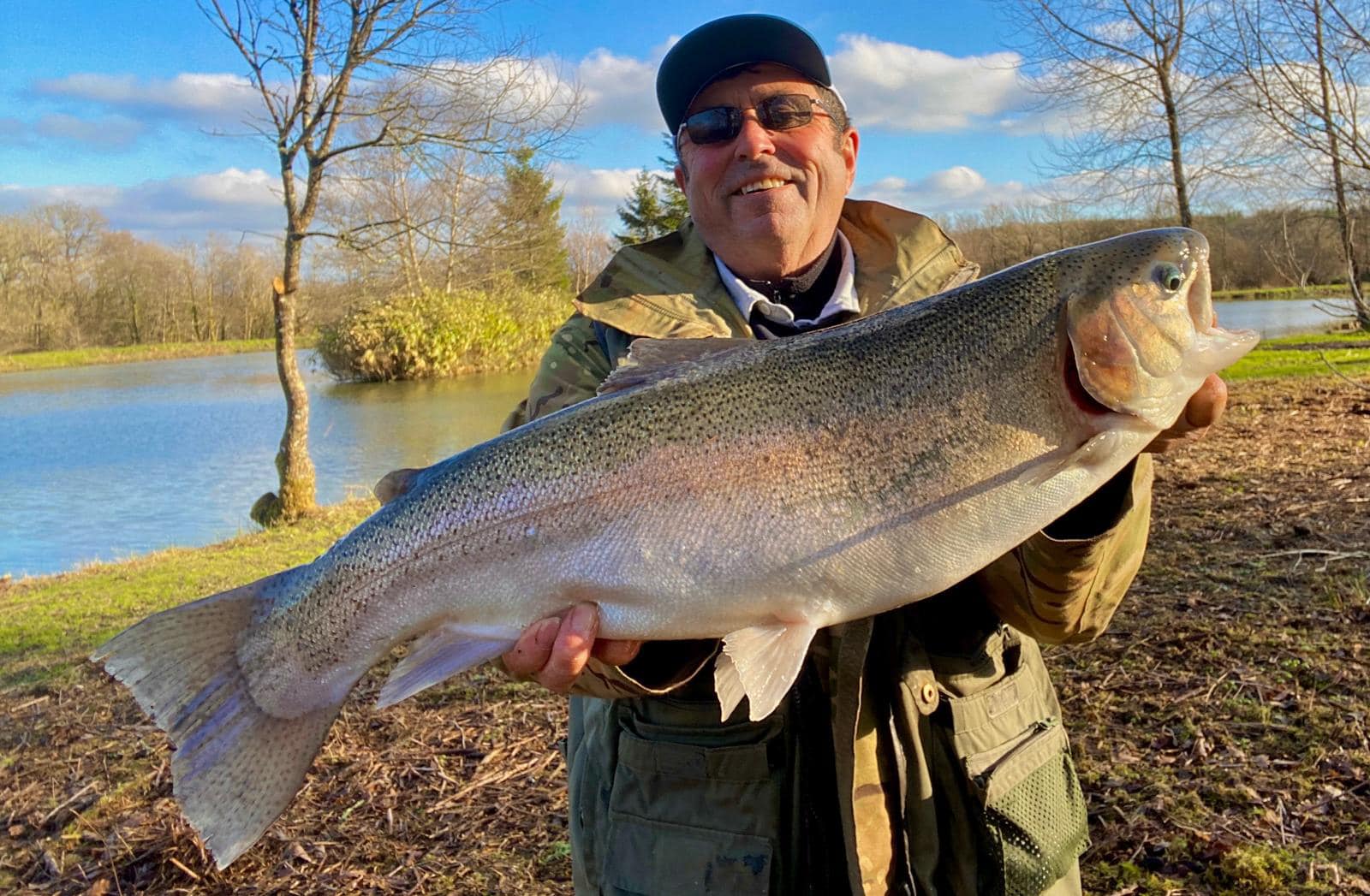 Adrian Kruger was the first to christen the new Trout Lake and he had a cracking day! 3 double Rainbows and two stunning Brownies.
Adrian Kruger was the first to christen the new Trout Lake and he had a cracking day! 3 double Rainbows and two stunning Brownies.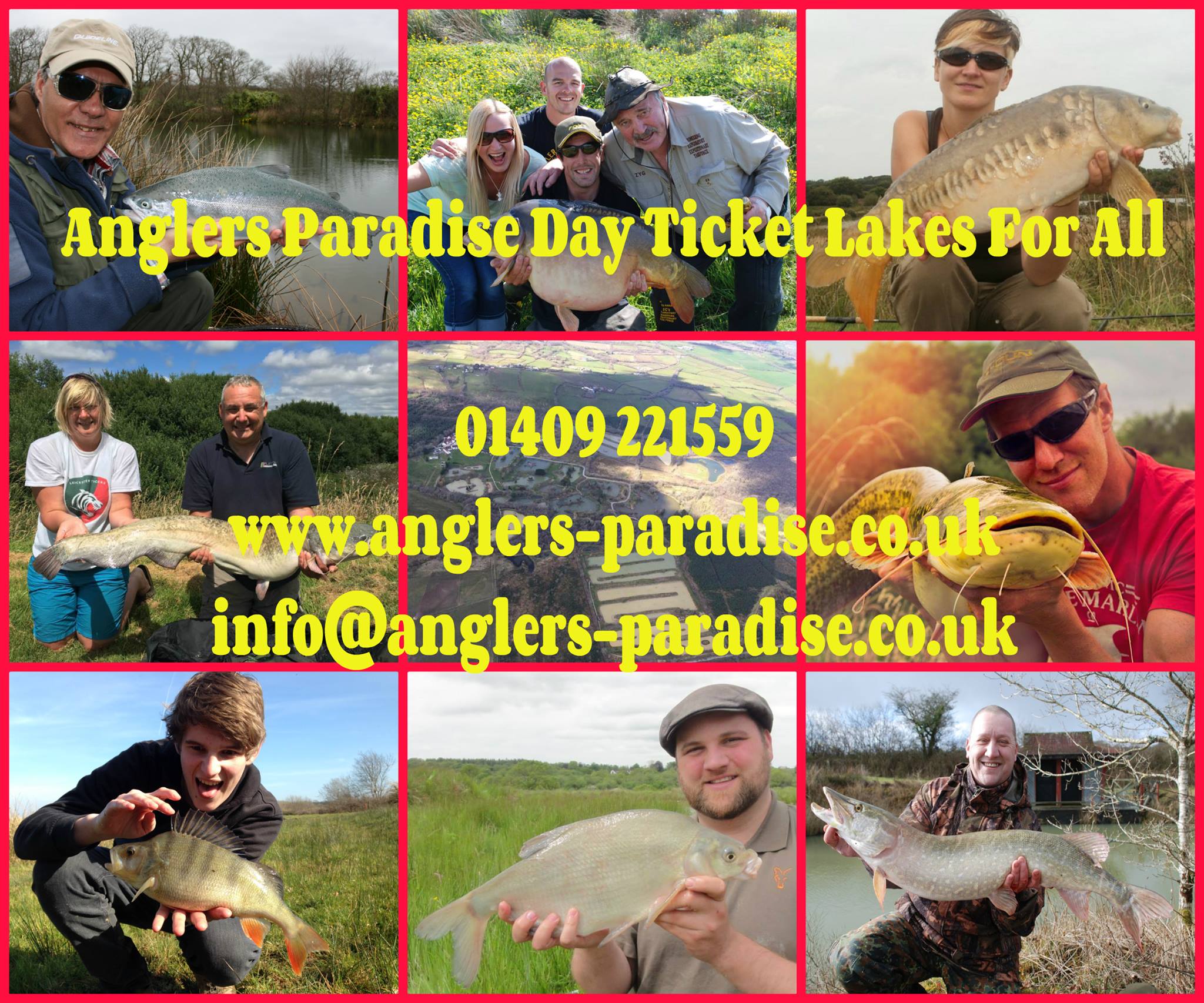
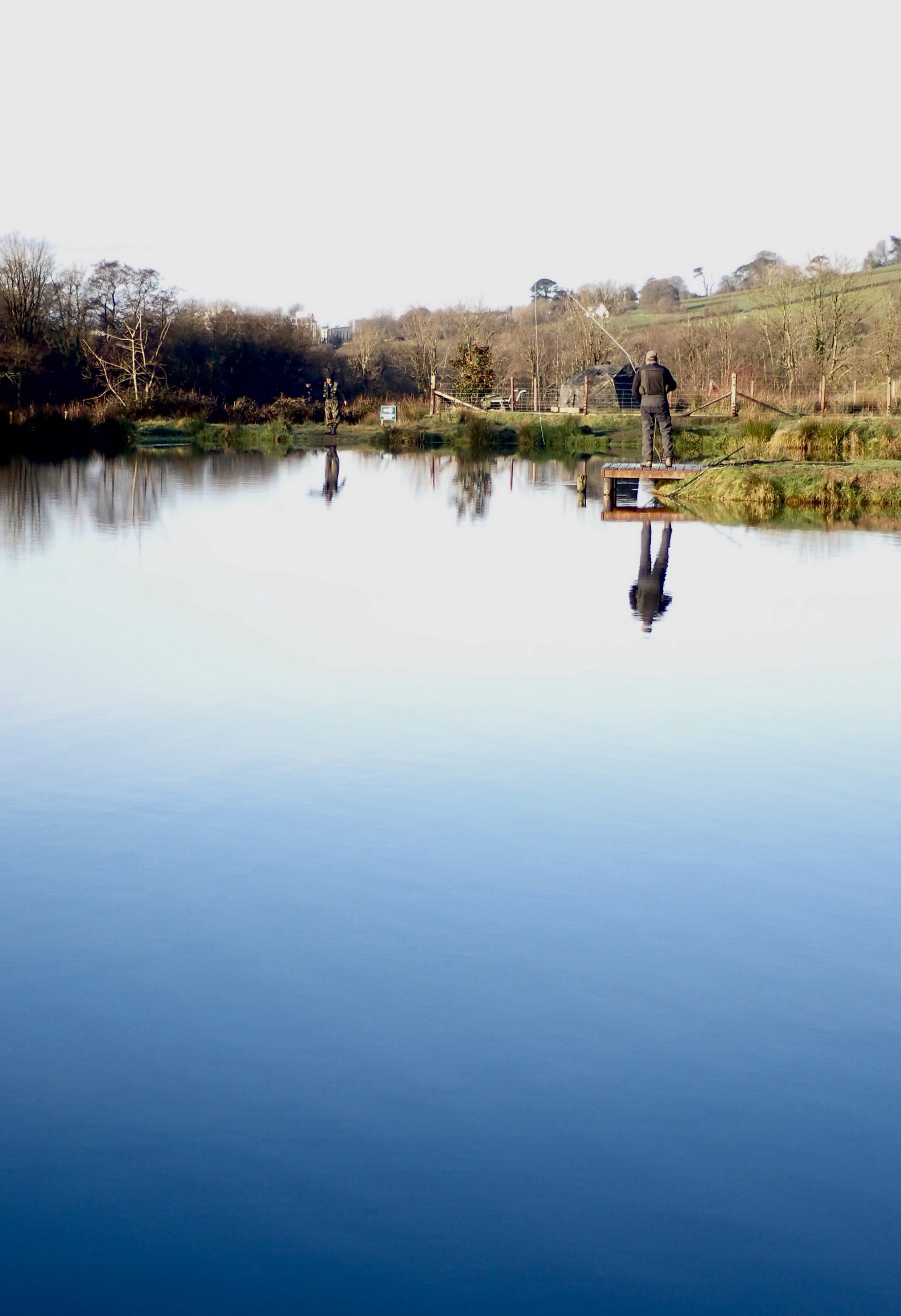 I joined members of Wistlandpound Fly Fishing Club at Bulldog Trout Fishery last Sunday where we were greeted by a bright cloudless blue sky and milder conditions. The trout proved to be generally cooperative with all members catching fish with a mixture of rainbow and brown trout averaging over 3lb. Most fish were tempted using lures fished on long leaders with an erratic retrieve.
I joined members of Wistlandpound Fly Fishing Club at Bulldog Trout Fishery last Sunday where we were greeted by a bright cloudless blue sky and milder conditions. The trout proved to be generally cooperative with all members catching fish with a mixture of rainbow and brown trout averaging over 3lb. Most fish were tempted using lures fished on long leaders with an erratic retrieve.
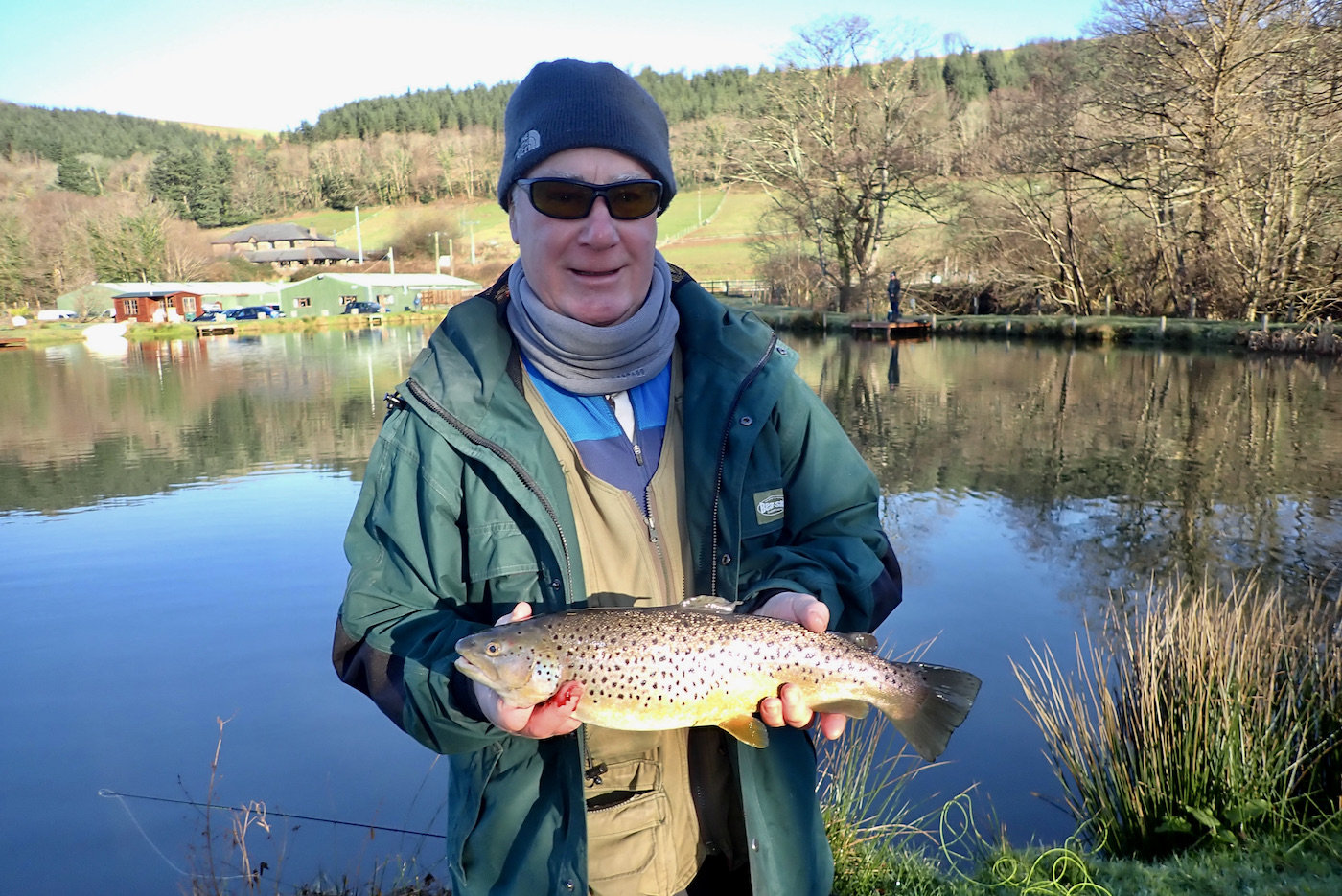
The winning bag was taken by Nigel Bird who had three trout for 10lb. Runner up was Andre Muxworthy with three for 9lb 9oz and myself third with three for 9lb 8oz.
It is intriguing how days unfold during these club competitions on small stillwater’s. Members will all have their favourite flies and lures that give them confidence and it is generally these that are tried first. Typically those first ten to fifteen minutes of fishing produce numerous trout as was the case during Sundays competition. I was fortunate to bank three hard fighting trout within the first twenty minutes and spent the rest of the morning wandering around the fishery with my camera capturing action shots of fellow club members.
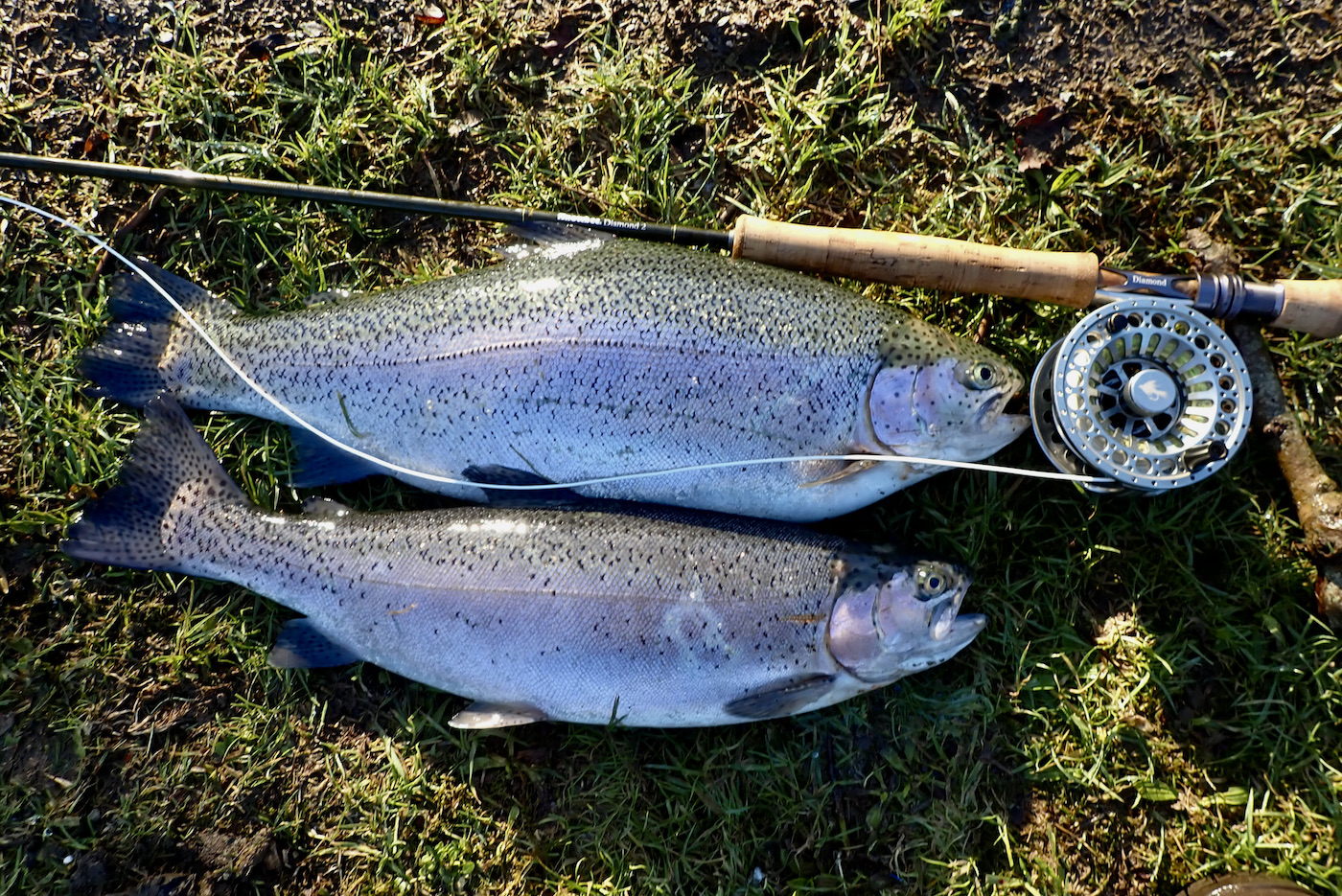
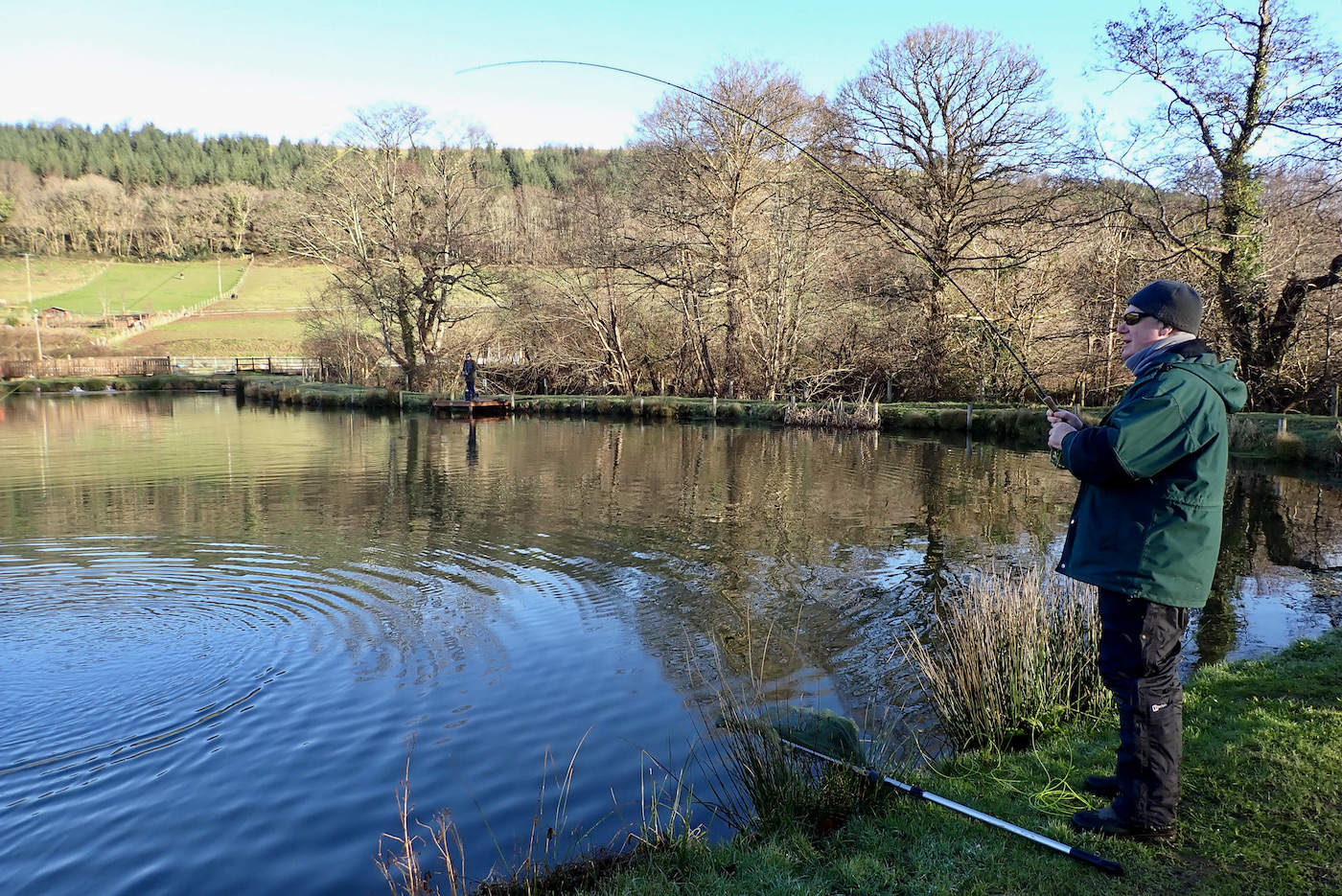
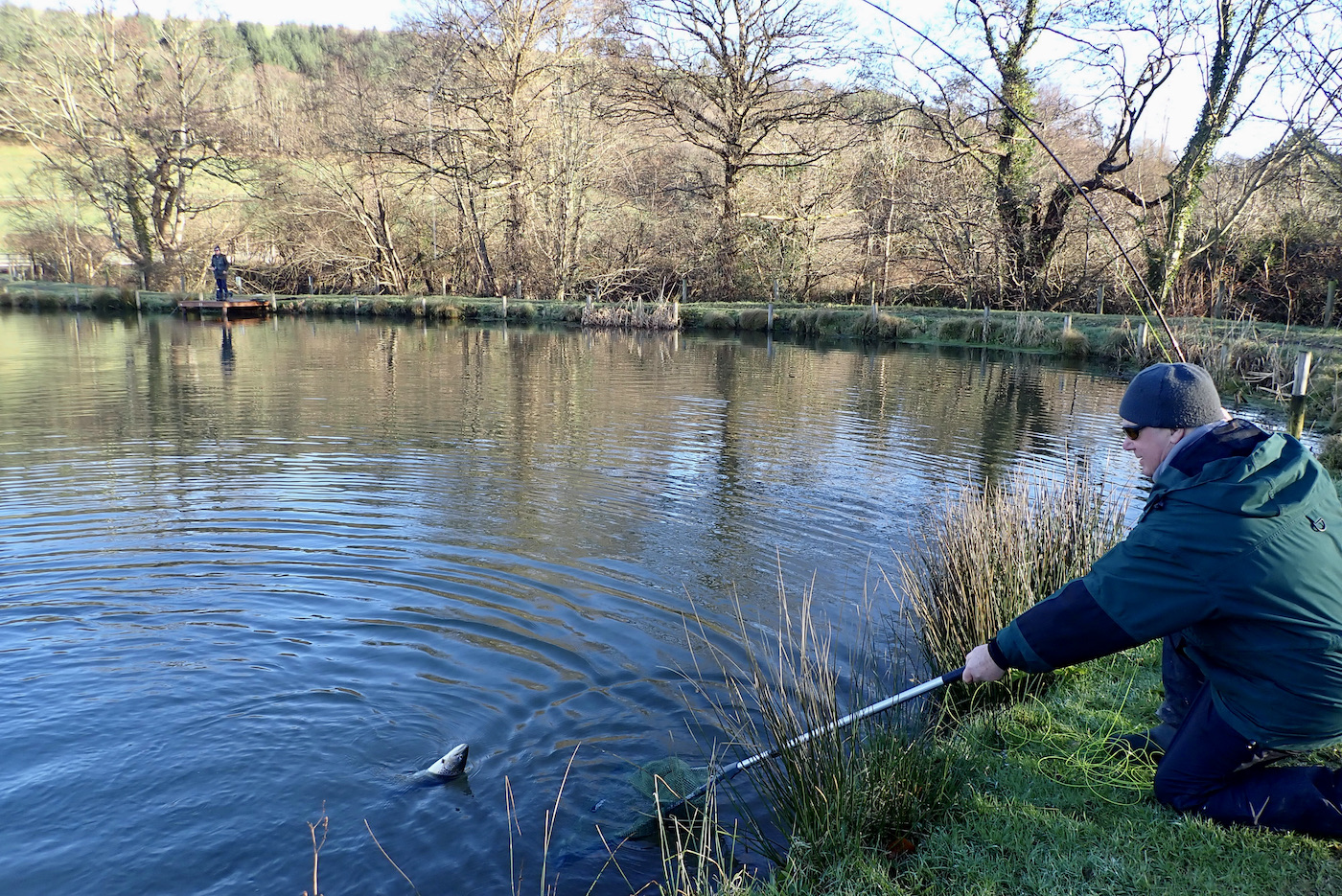
I noted that fishing slowed after the initial flurry and for a while trout proved hard to tempt. After a while some tied on different patterns or moved to a fresh swim. This did sometimes bring results but what was noticeable was that if one angler hooked a fish it was not unusual to see several rods bending at the same time around the fishery as if the fish had suddenly switched on.
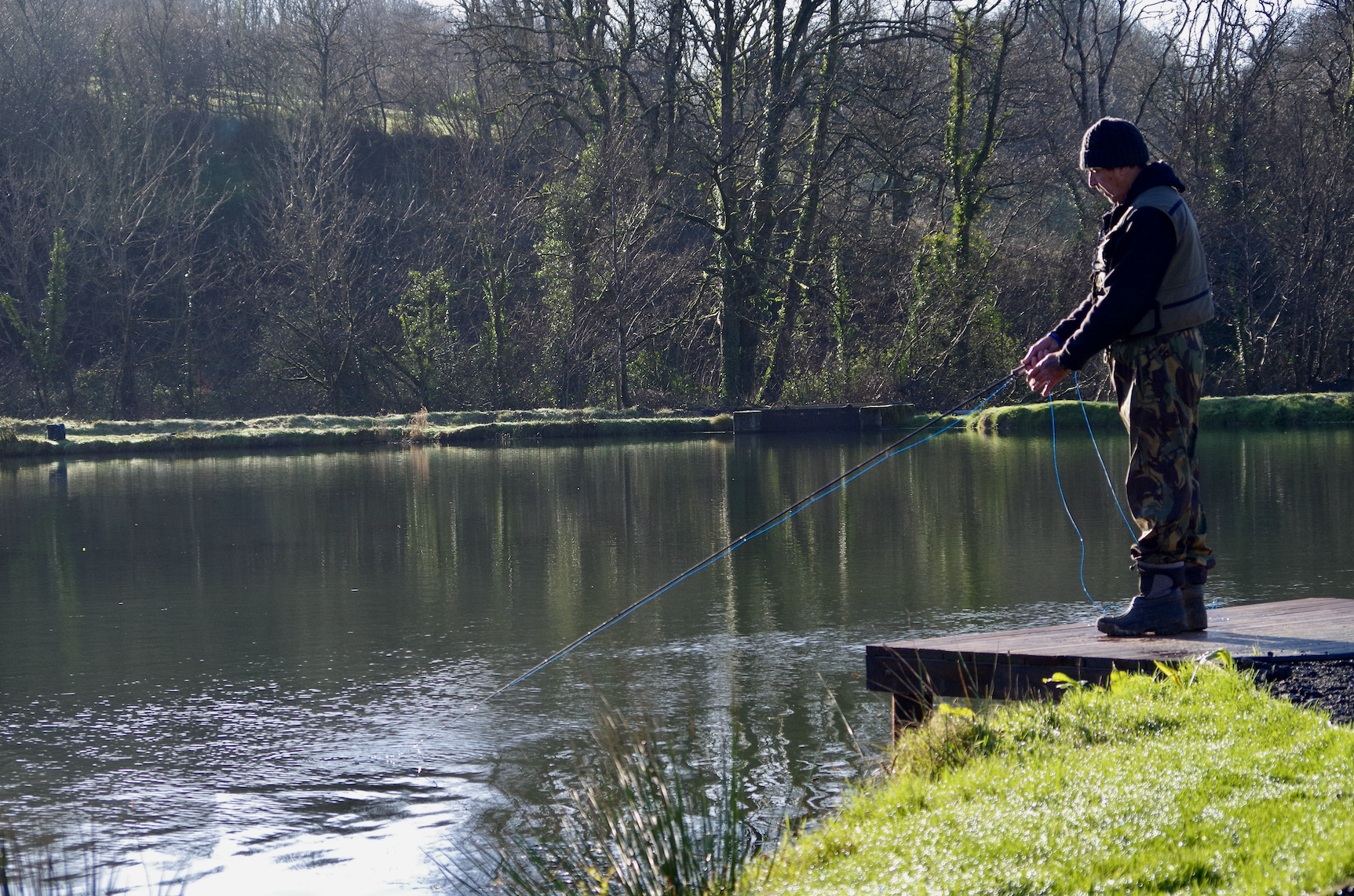
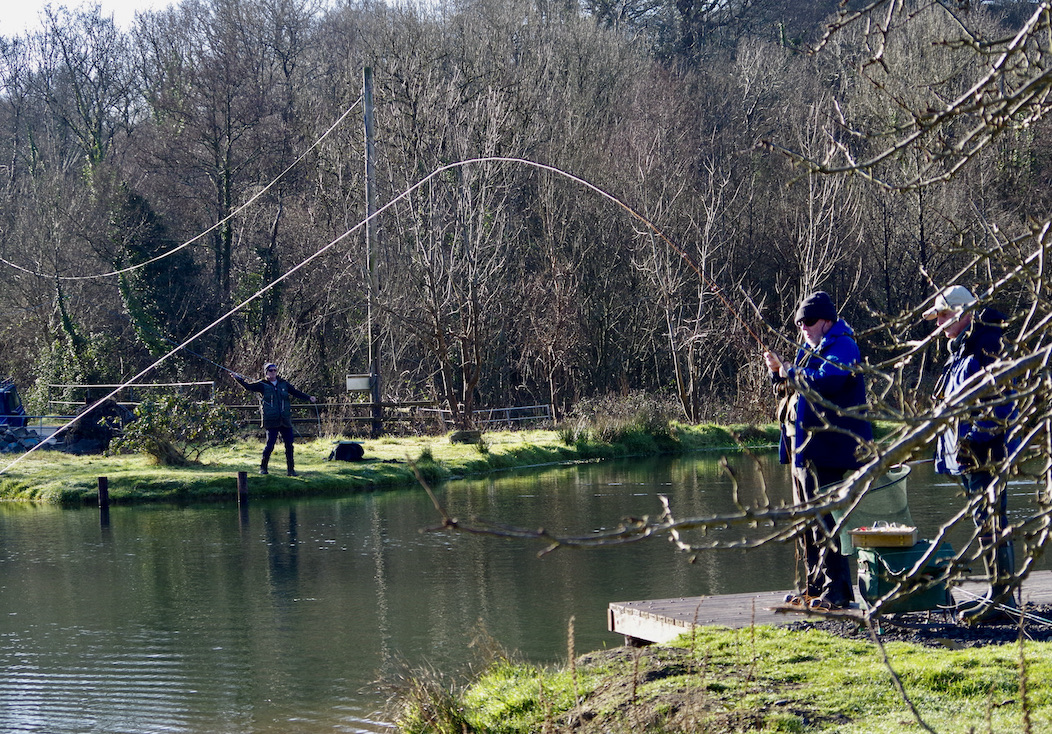

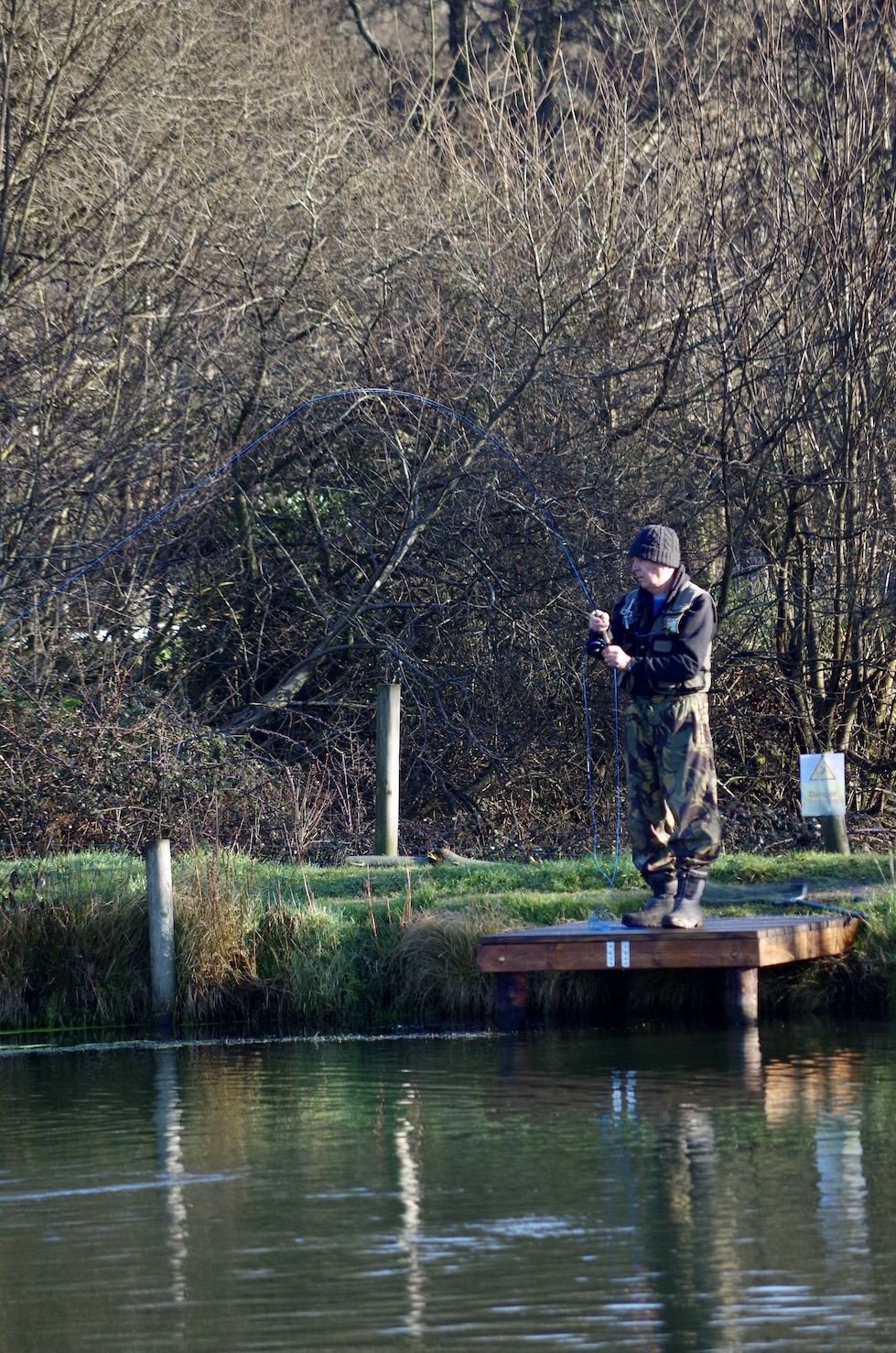
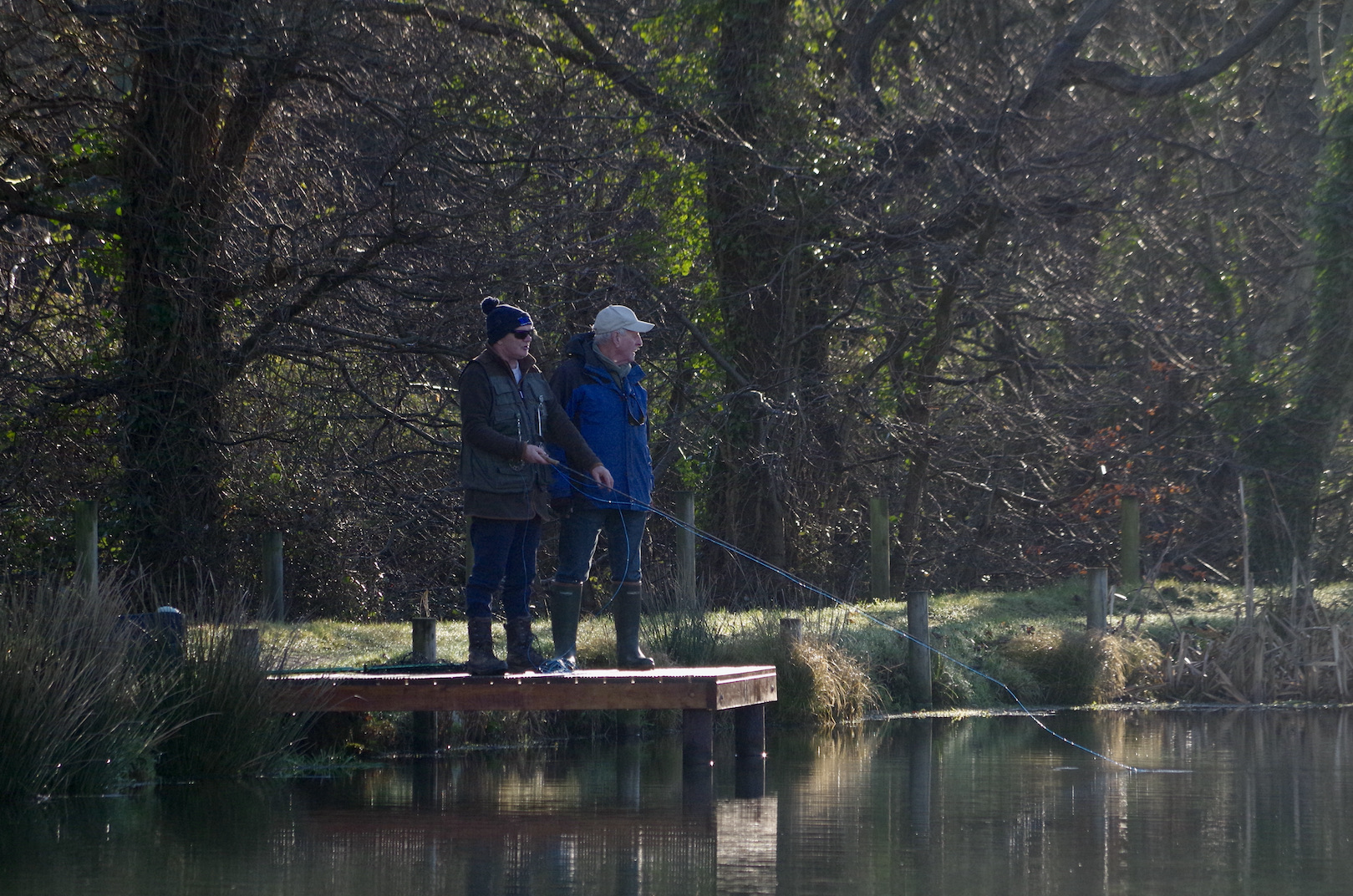
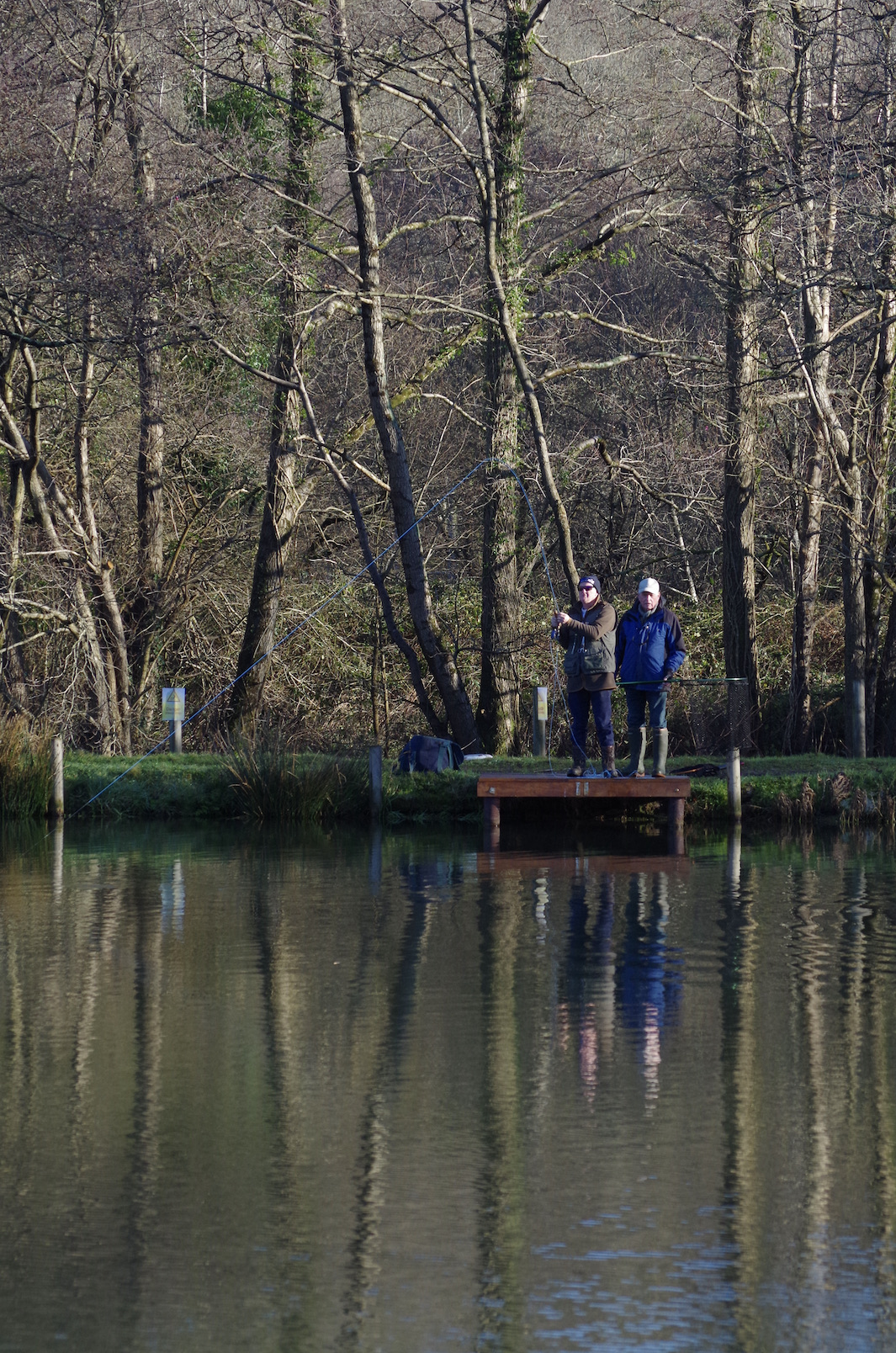
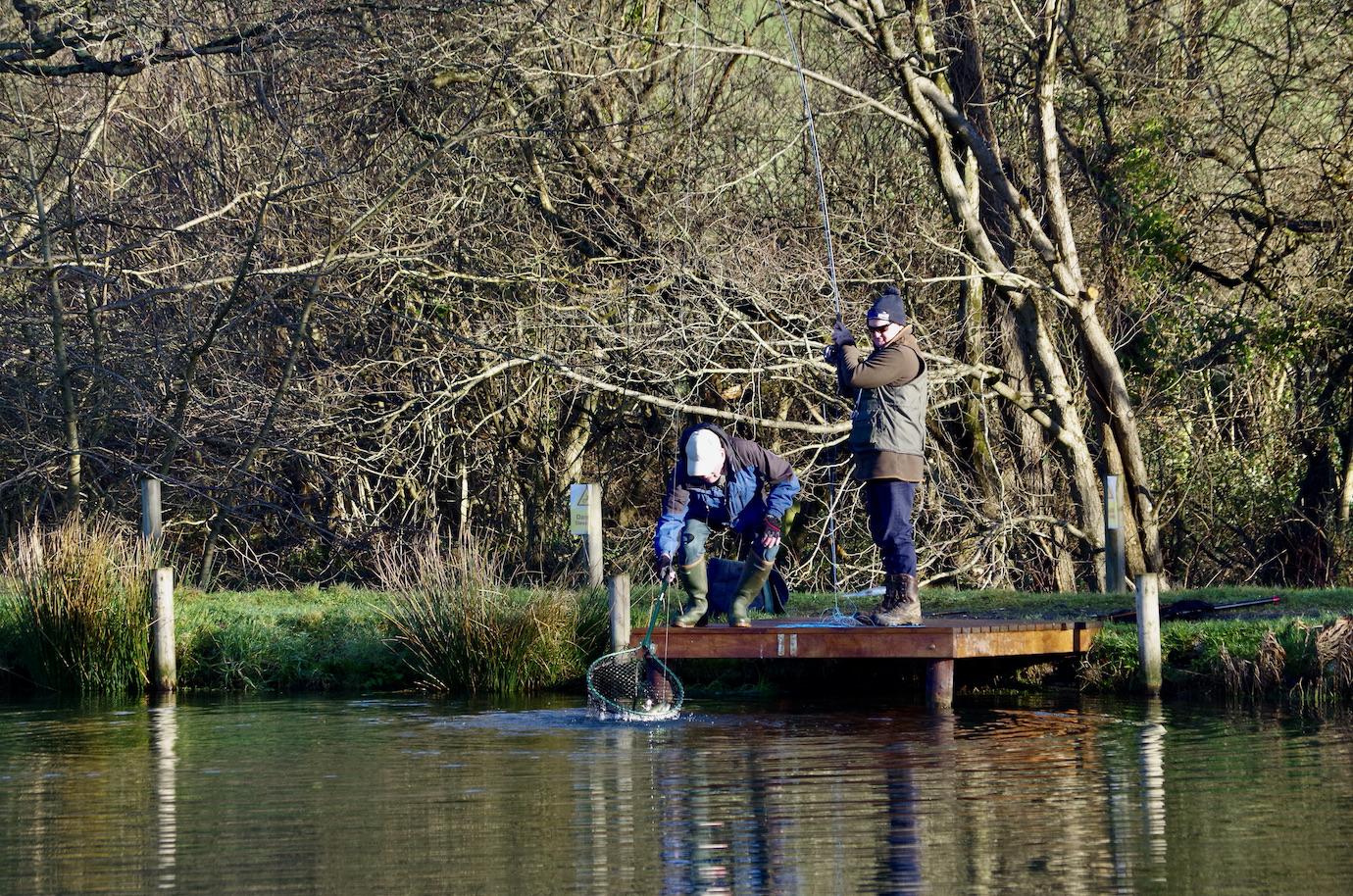

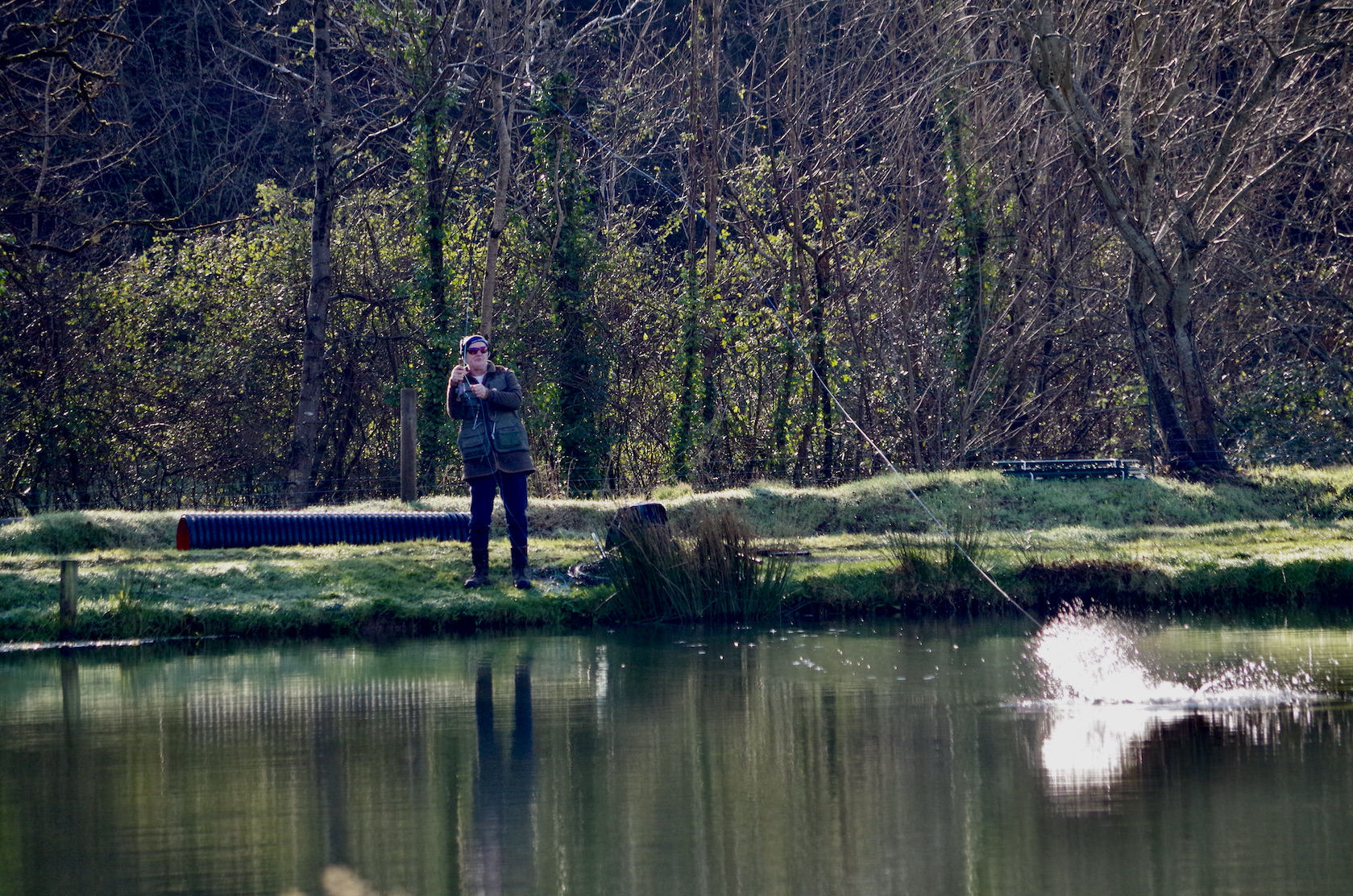
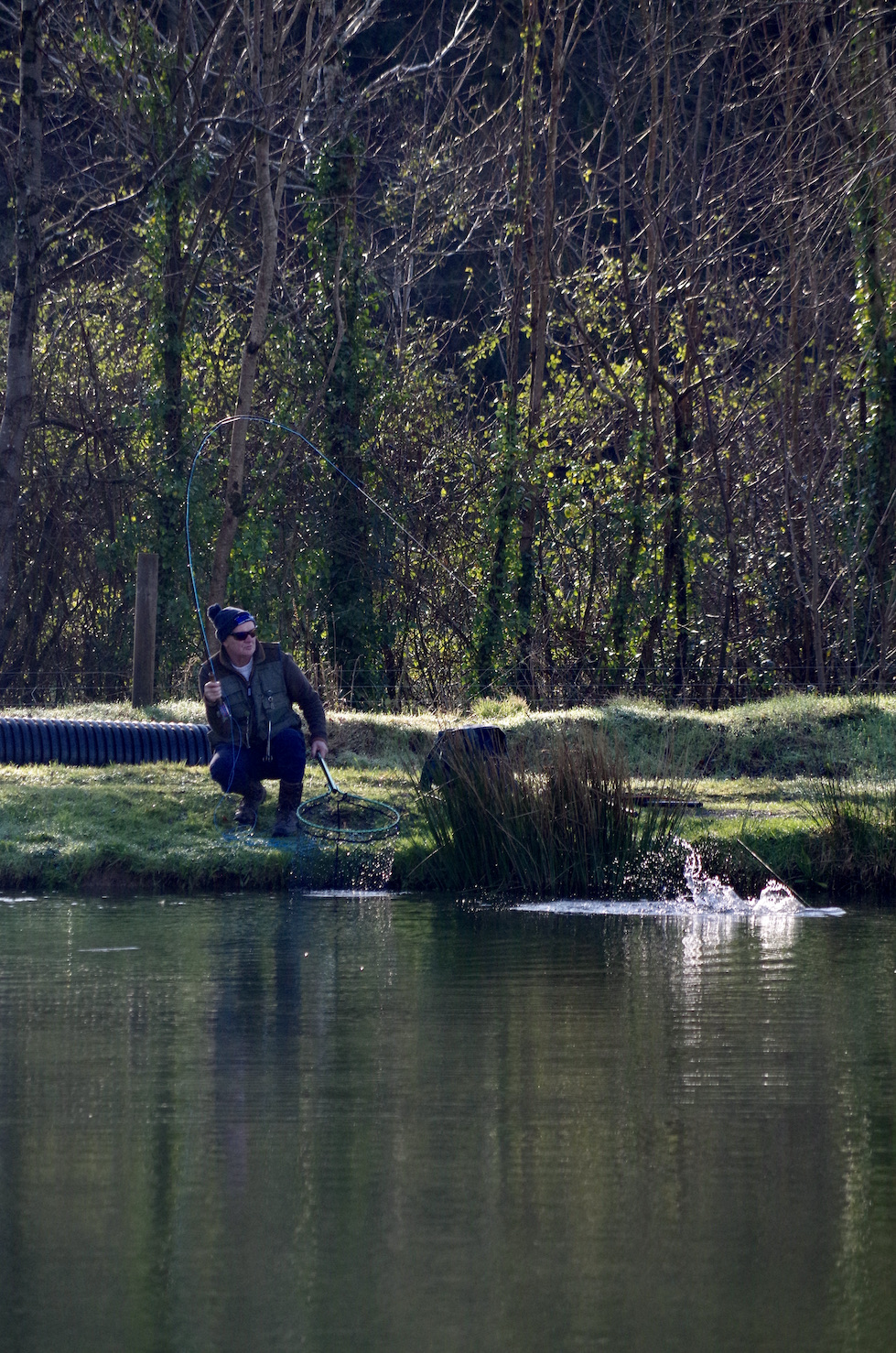
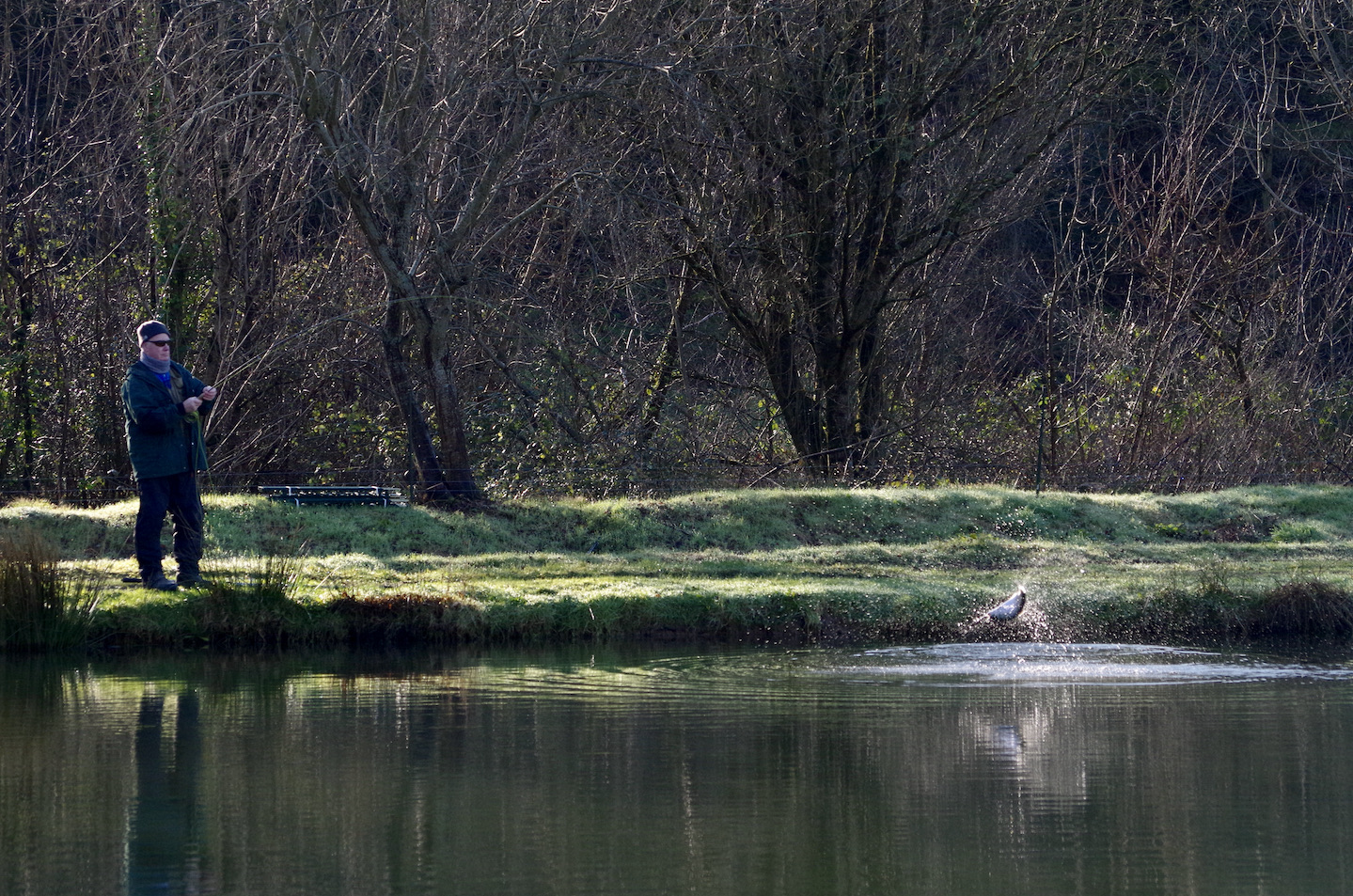
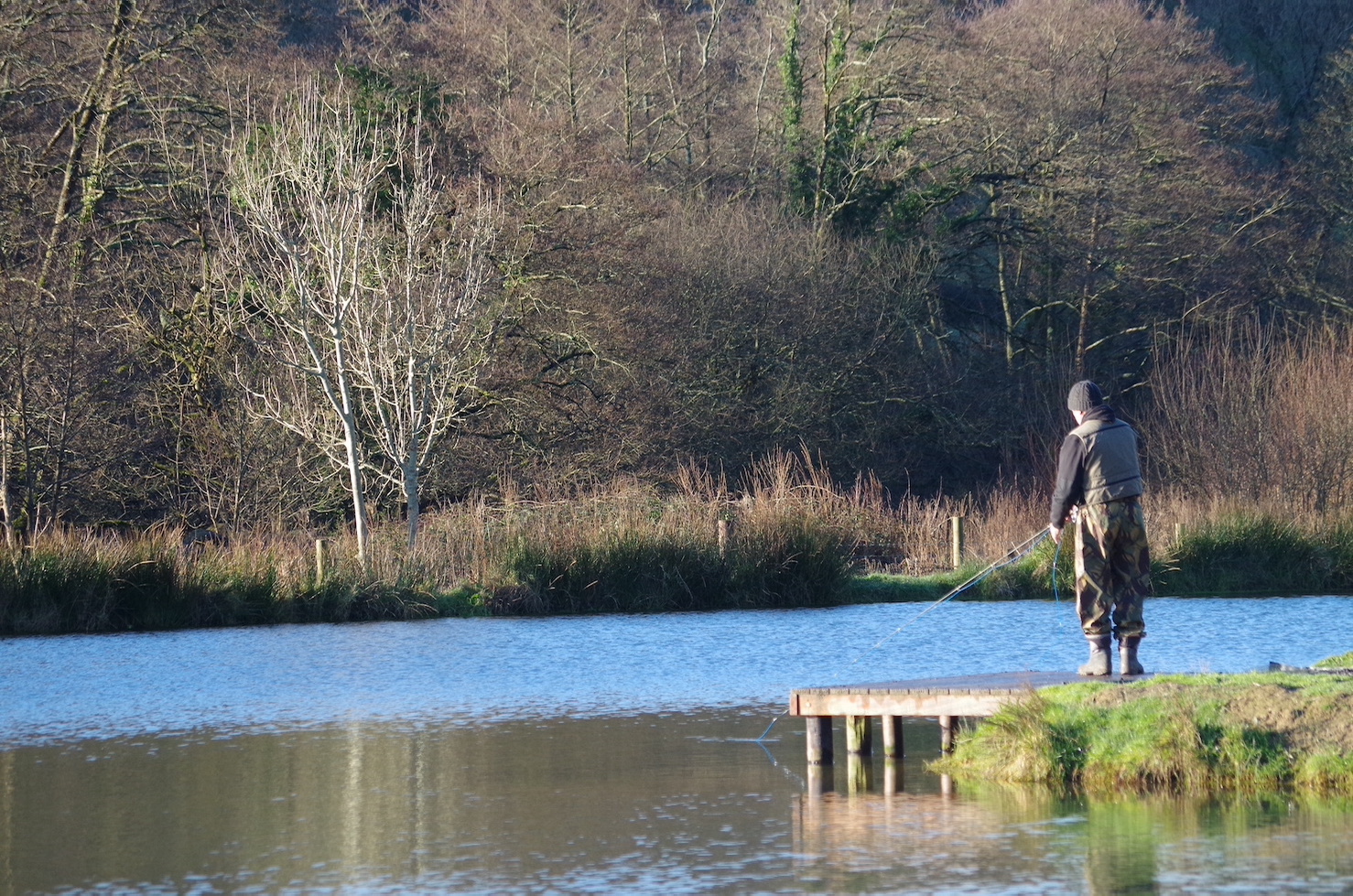
It is always interesting to compare notes at the end of the days fishing and I often note how an angler will state that a change of fly has triggered a response with perhaps a touch of orange or pink bringing success. A particular fly often seems to be the one to use! Yet it is often the case at the end of fishing as anglers chat that trout have been caught on a wide range of patterns. One angler swearing that white was the killer fly whilst others boast of success with black or orange.
There are many factors involved in the inexact science of fly fishing. Presentation of the fly, its size and colour, depth it is fished all interacting with water clarity, temperature, air pressure, lunar cycles, natural food sources and of course the location of the fish. All these factors make for a fascinating game that takes the mind away from the troubled world. The angler absorbed in natures complex chess board pondering upon tying on a Greenwell’s glory or a Wickham’s fancy.
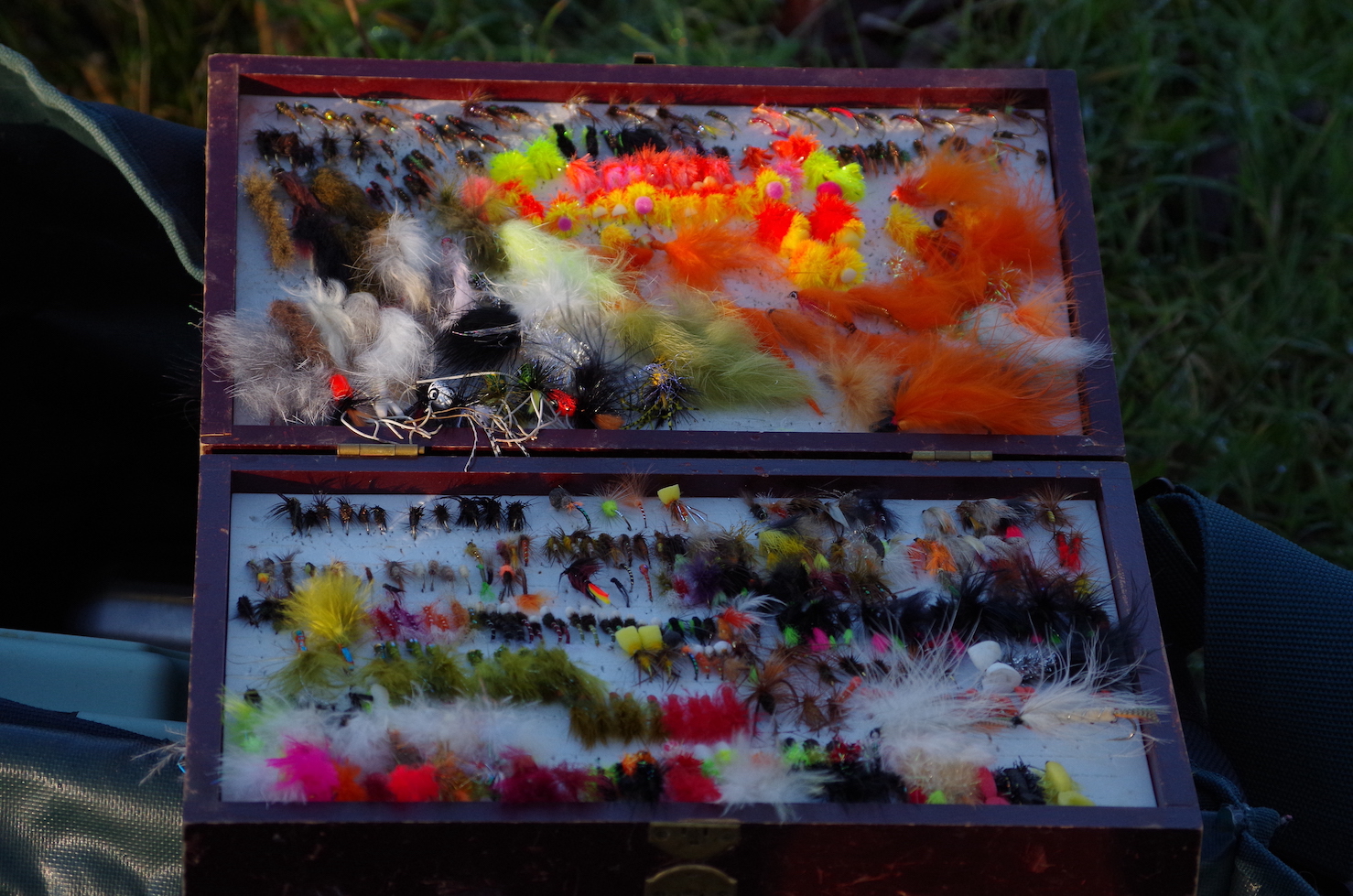
Tip of the day – Check your flies and hooks. Several trout were lost during the day as hook shanks snapped. Hook shanks hidden beneath dressings can rust resulting in weakness that only show itself when a large powerful trout puts it to the test.
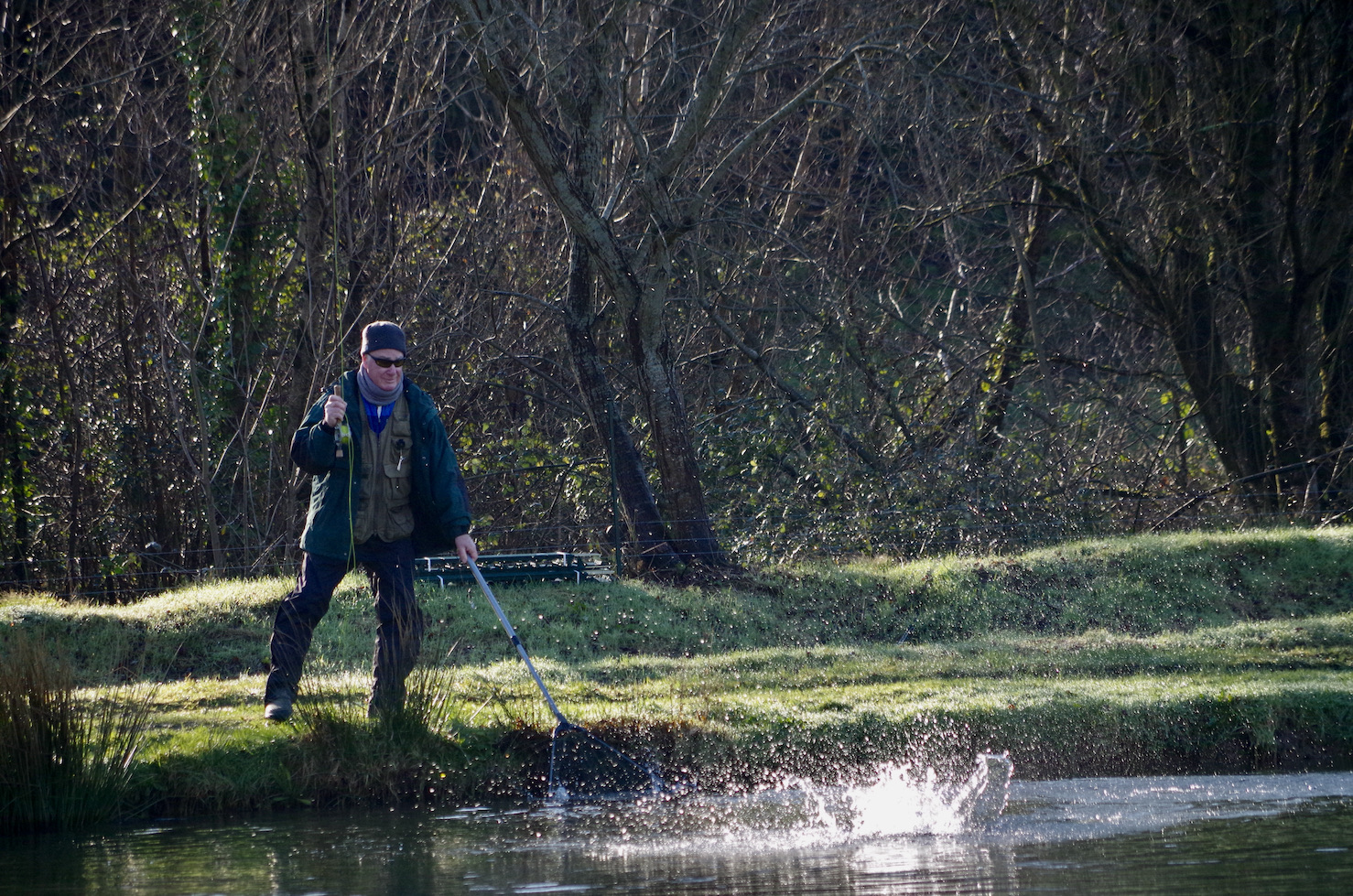
Seconds after this shot was taken Nigel cursed as his hook broke.
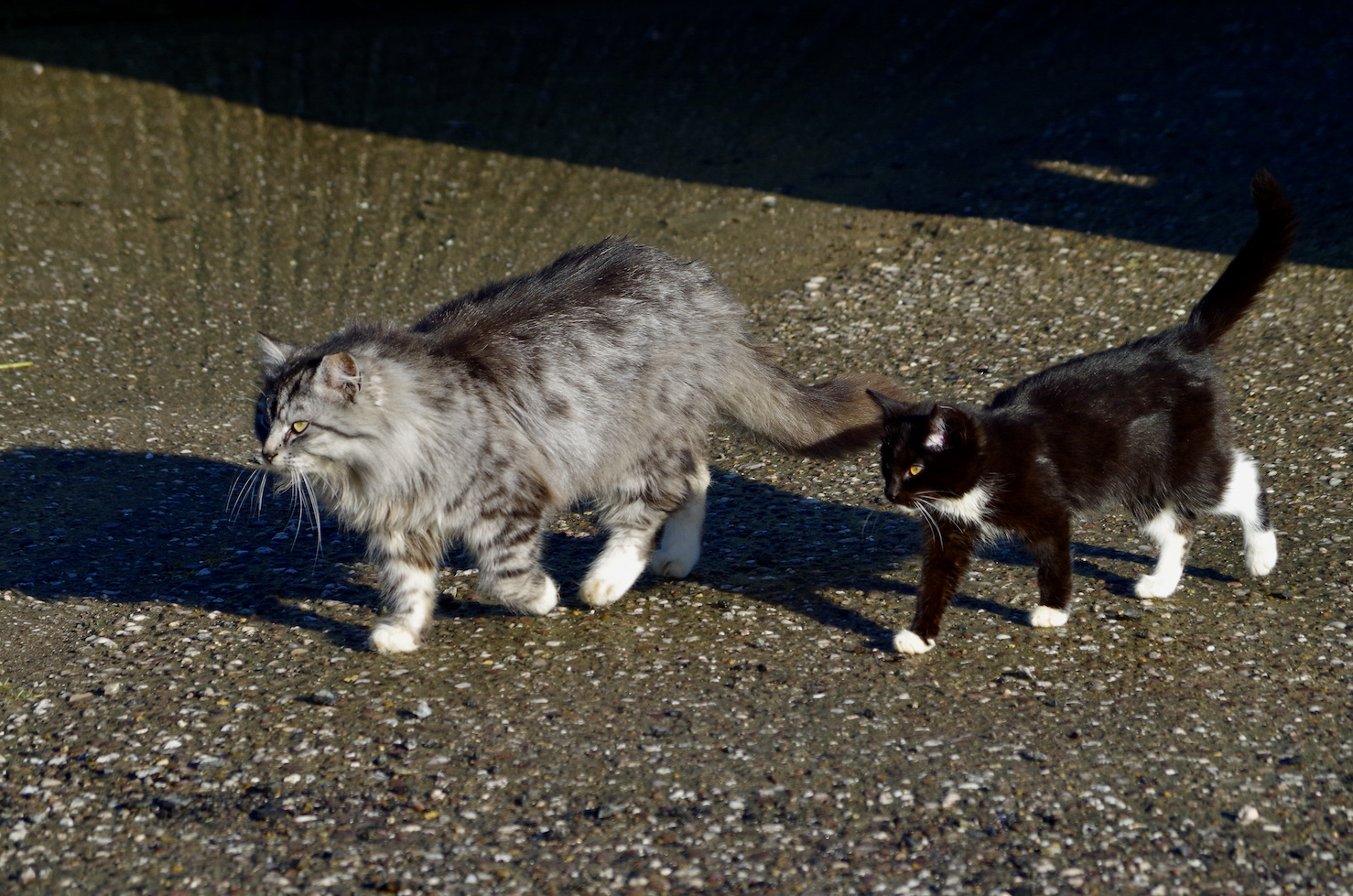
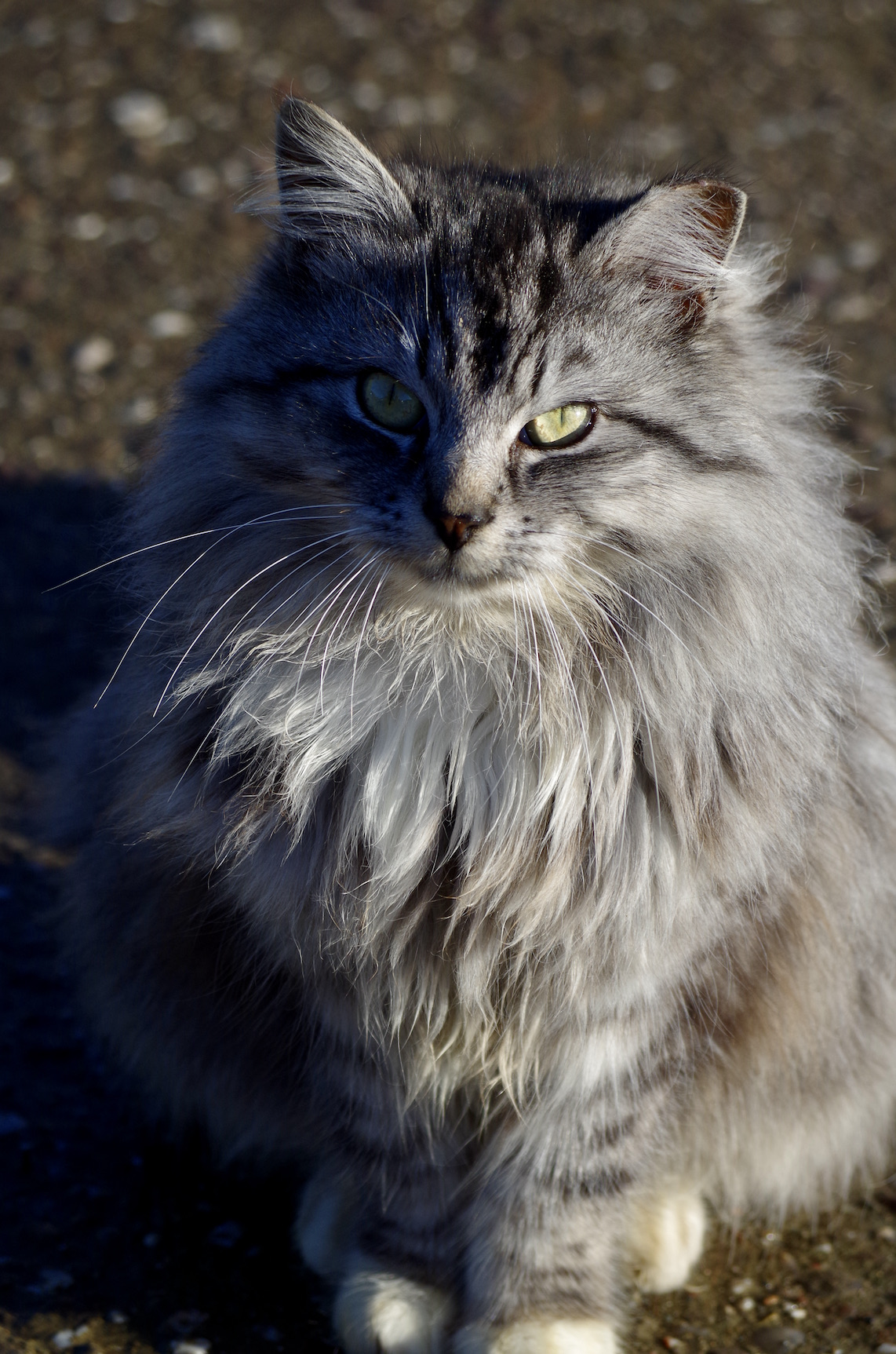
The South West’s first major event in 2025 attracted 104 anglers, along with 20 teams to the South Hams to fish the annual Angling Trust Wyvern Open Festival, with some competitors traveling from South Wales, Hastings & Bradford the weather conditions on the day saw a Strong to almost gale South Westerly with heavy rain, Small Eyed Ray, Bull Huss, Pouting, Whiting & Lesser spotted Dogfish were caught during the event, 56 competitors returned to the scales with fish to record. The results were announced within half an hour of the close of scales at the Festival Headquarters at the Stokeley Farm Shop.
The main sponsor was Julian Shambrook of Anyfish Anywhere Ltd, a major fishing tackle manufacturer, based in Torquay. All of the sponsors for the day were thanked for their continuing support each year, also a big thank you to Stokeley for their hospitality & providing an excellent venue.
The worthy winner, of the event was Ben Bradstock from Honiton SAC, he recorded a L.S.D. of 2.095lb & a Whiting of 1.175lb giving him a total of (162.13%), he was presented with the top prize of £200 cash and the Brixham Bowl, other tackle prizes were awarded down to 13th place, these were announced by the Chairman of the Wyvern Region Alex Parker and presented by Julian Shambrook.
The Region promotes the Angling Trust “Take Five” anti litter campaign and encourages all anglers to leave the beaches cleaner than they found them.
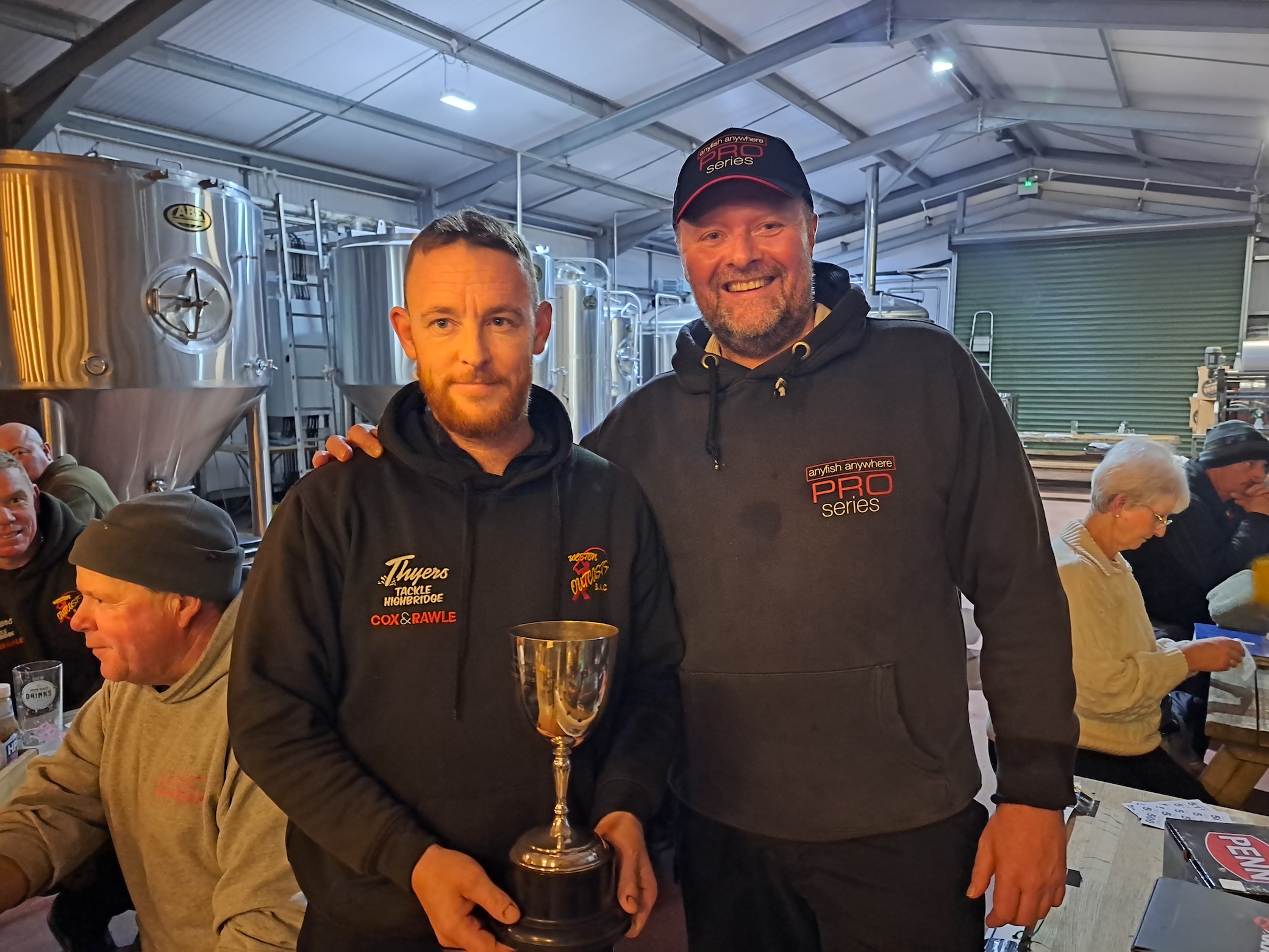
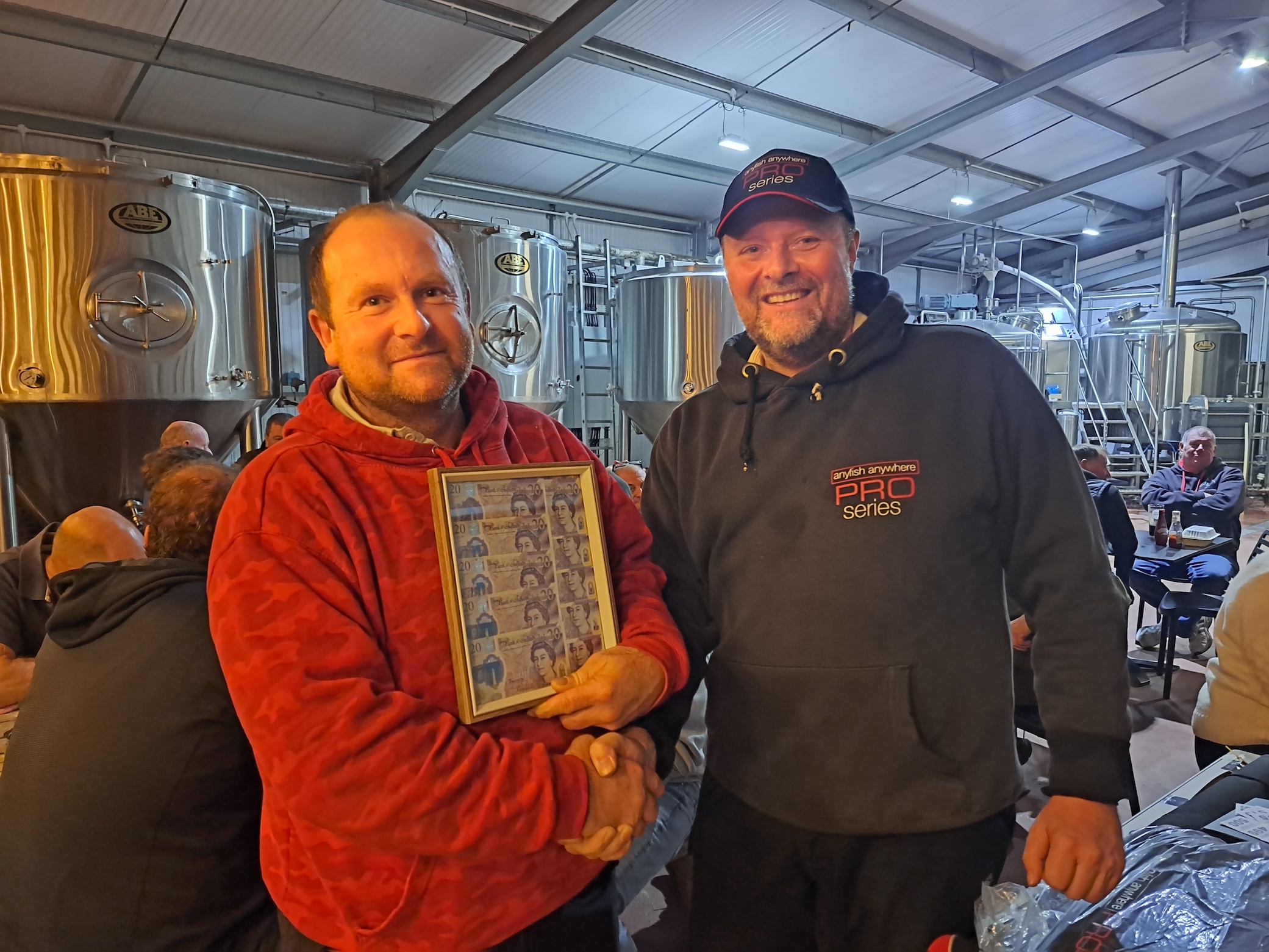
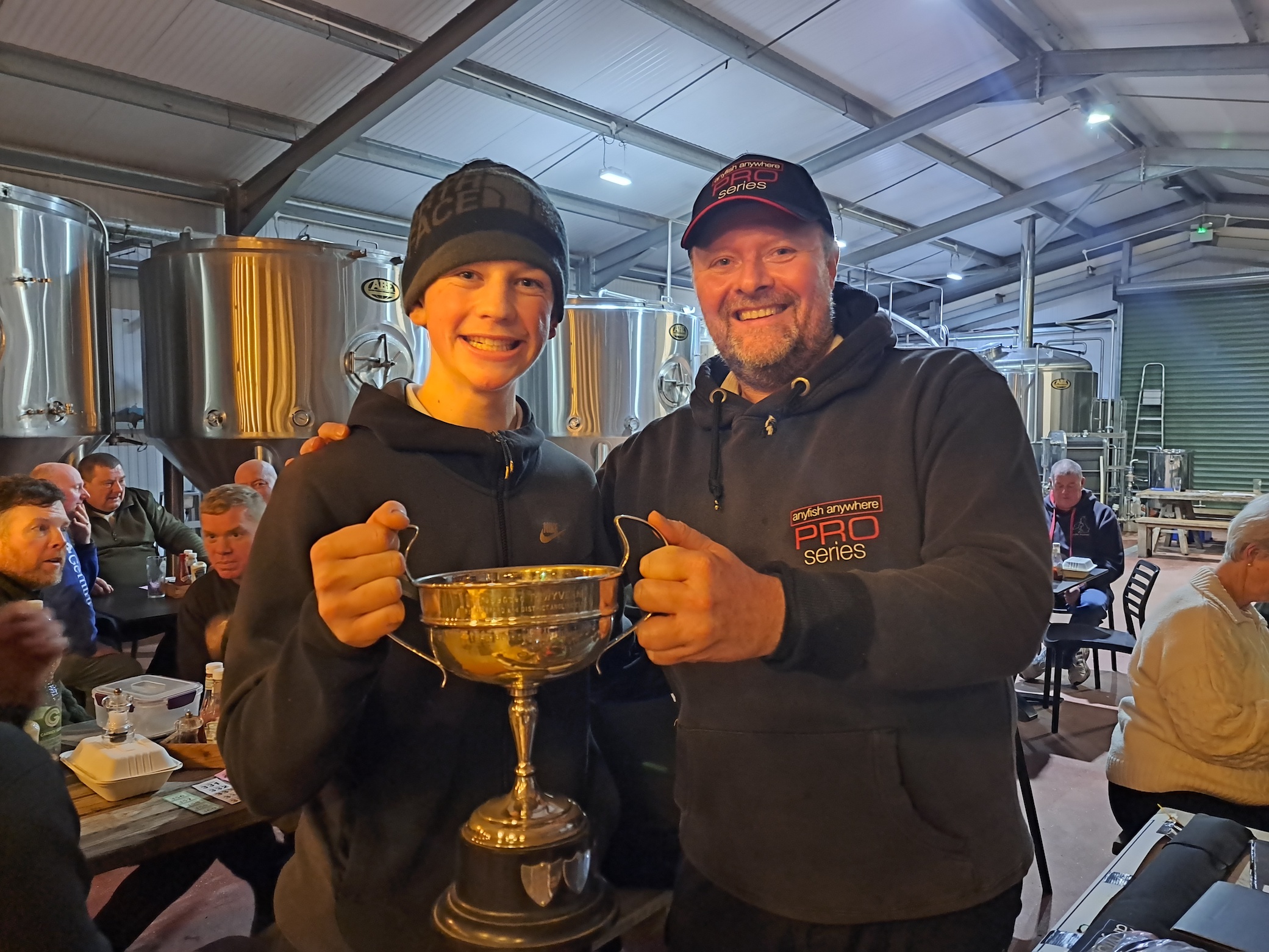
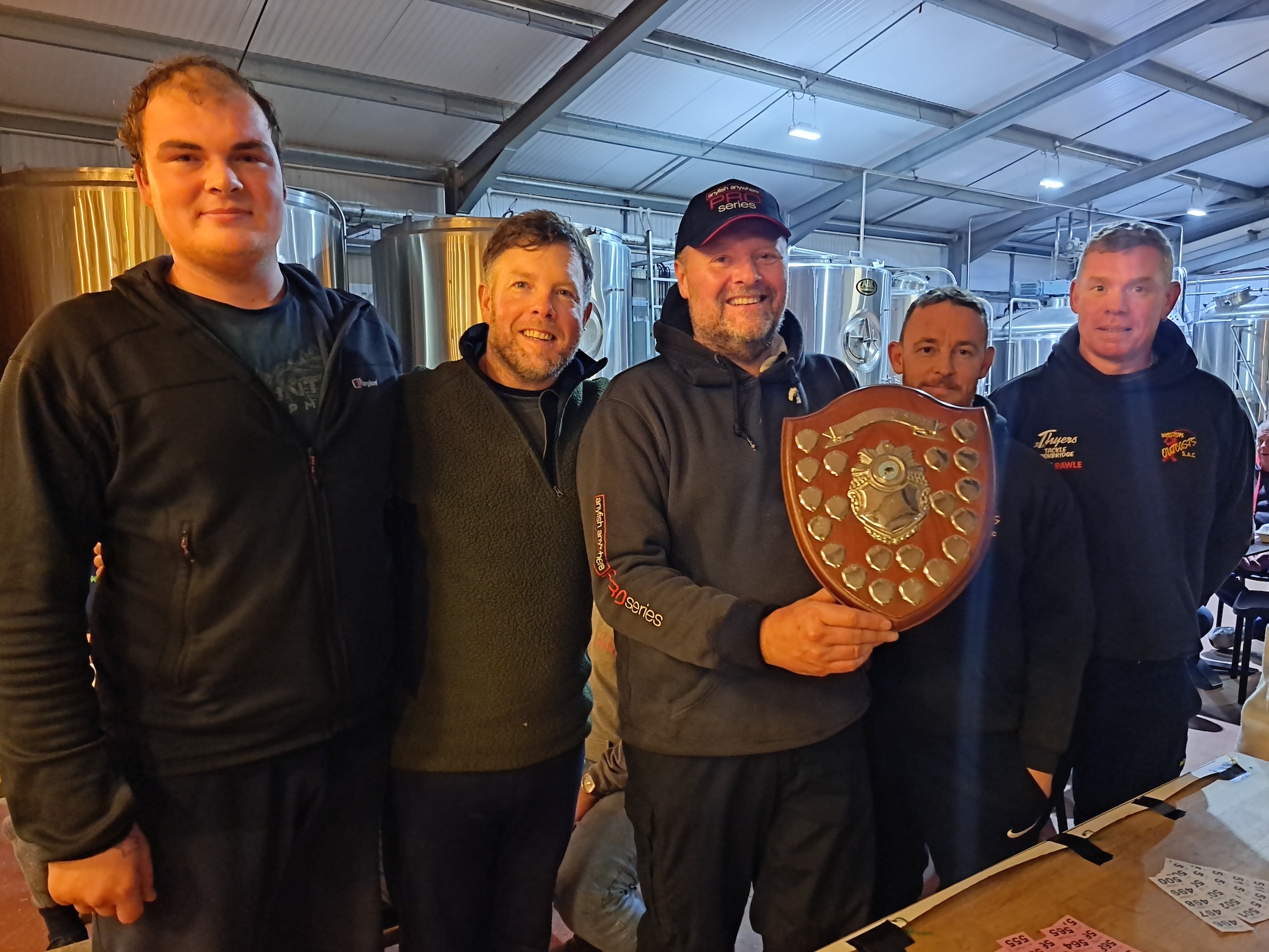
The first Thirteen Places are as follows:-
First : £200 Brixham Bowl
Ben Bradstock Honiton SAC Whiting 1.175 lb
L.S.D. 2.095 lb Total: 162.13%
Second: Pick of the Prize table & Bideford Cup Cup
Archie Sweetland Honiton SAC L.S.D. 2.135 lb
Whiting 1.13 lb“ Total: 160.73 %
Third Pick of the Prize table & Appledore Cup
Damien Close Outcasts L.S.D. 1.98 lb
Whiting 1.16 lb
Total: 156.53 %
Fourth Pick of the Prize table & Sidmouth Cup
James Madsen Outcasts L.S.D. 1.665 lb
Bull Huss 7.875 lb
Total: 145.35 %
Fifth Pick of the Prize table
Lee Hemmings T.S.A.S.
Whiting 0.940 lb
S.E. Ray 7.3125. lb Total: 143.92 %
Sixth Pick of the Prize table
Tom Stebbens Kingsbridge
Whiting 0.960 lb
L.S.D. 1.830. lb Total: 137.20 %
Seventh Pick of the Prize table
Dave Bowering Caerau Whiting 1.180 lb
L.S.D. 1.445 lb Total: 136.47 %
Eighth Pick of the Prize table
Till Hall Outcast Whiting 1.075 lb
L.S.D. 1.585 lb Total: 135.07 %
Ninth Pick of the Prize table
Jeff Fisk Wareham Whiting 0.860 lb
L.S.D. 1.900 lb
Total: 133.33 %
Tenth Pick of the Prize table
Dave Nicholls Blackdown
Whiting 0.755 lb
L.S.D. 2.070 lb Total: 133.13 %
Eleventh: Pick of the Prize table
Joe Walton T.S.A.S.
Whiting 0.895 lb
L.S.D. 1.650. lb Total: 125.67 %
Twelfth Pick of the Prize table
Andy Kershaw Bradford
Whiting 0.715 lb
L.S.D. 1.795. lb Total: 119.47 %
Thirteenth Pick of the Prize table
Joe Plumstead Hastings
Whiting 1.005 lb
L.S.D. 1.275. lb Total: 118.00 %
Best Team Team Shield: ( Team of four anglers, Best fish by each angler)
Team: Weston Outcast 1
James Madsen
Jason Brown
Damien Close
Till Hall
Total 290.22%.
Kindly donated by Steve Puckey from Plymouth, an additional 2 prizes were awarded for best Junior & second best junior.
These were awarded as follows:
Harvey Plumstead, Hastings, Whiting 49.07%
Chris Stokes, Weston Outcasts Whiting 43.33%
Ends:- Press Officer : Mike Spiller [email protected]

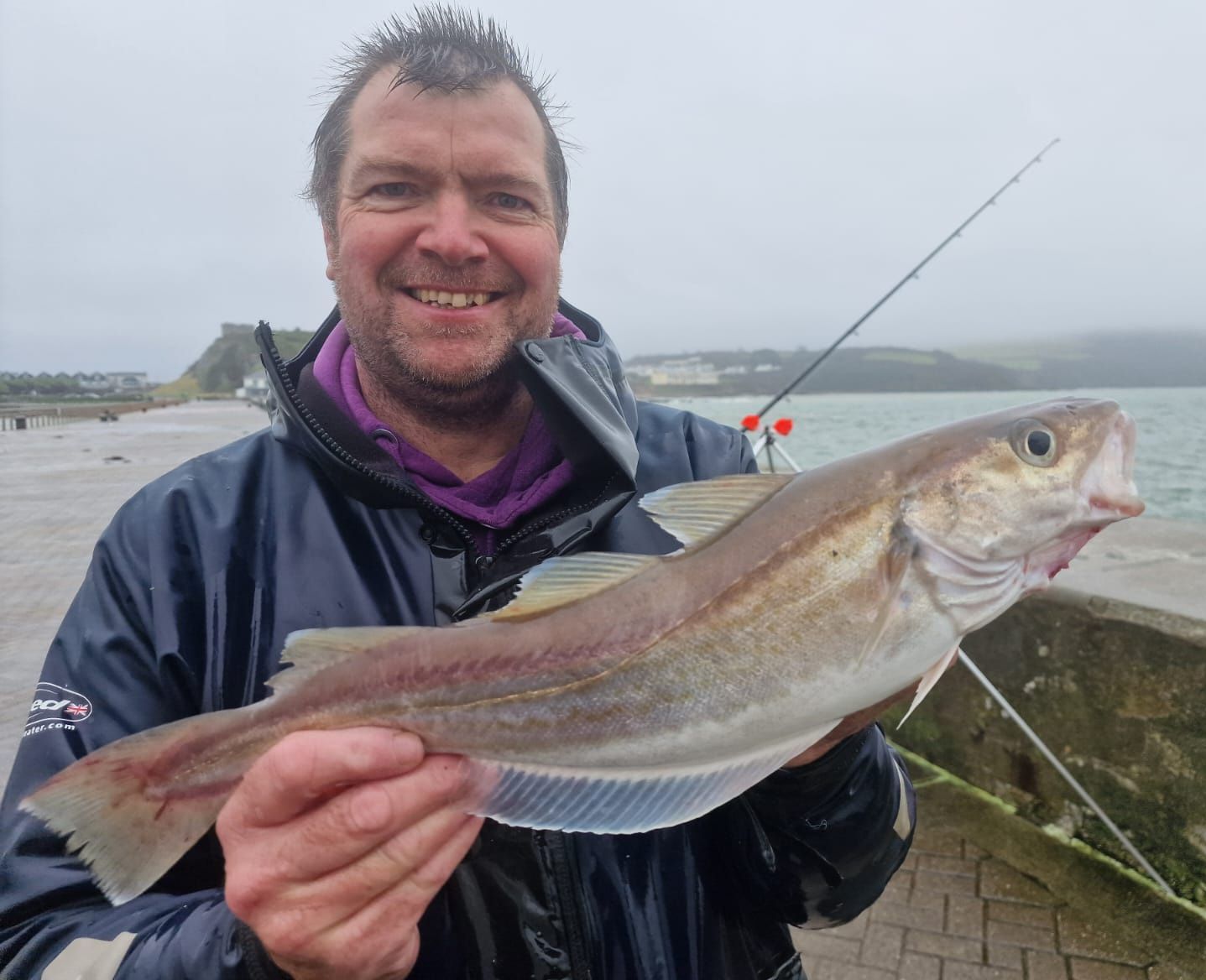


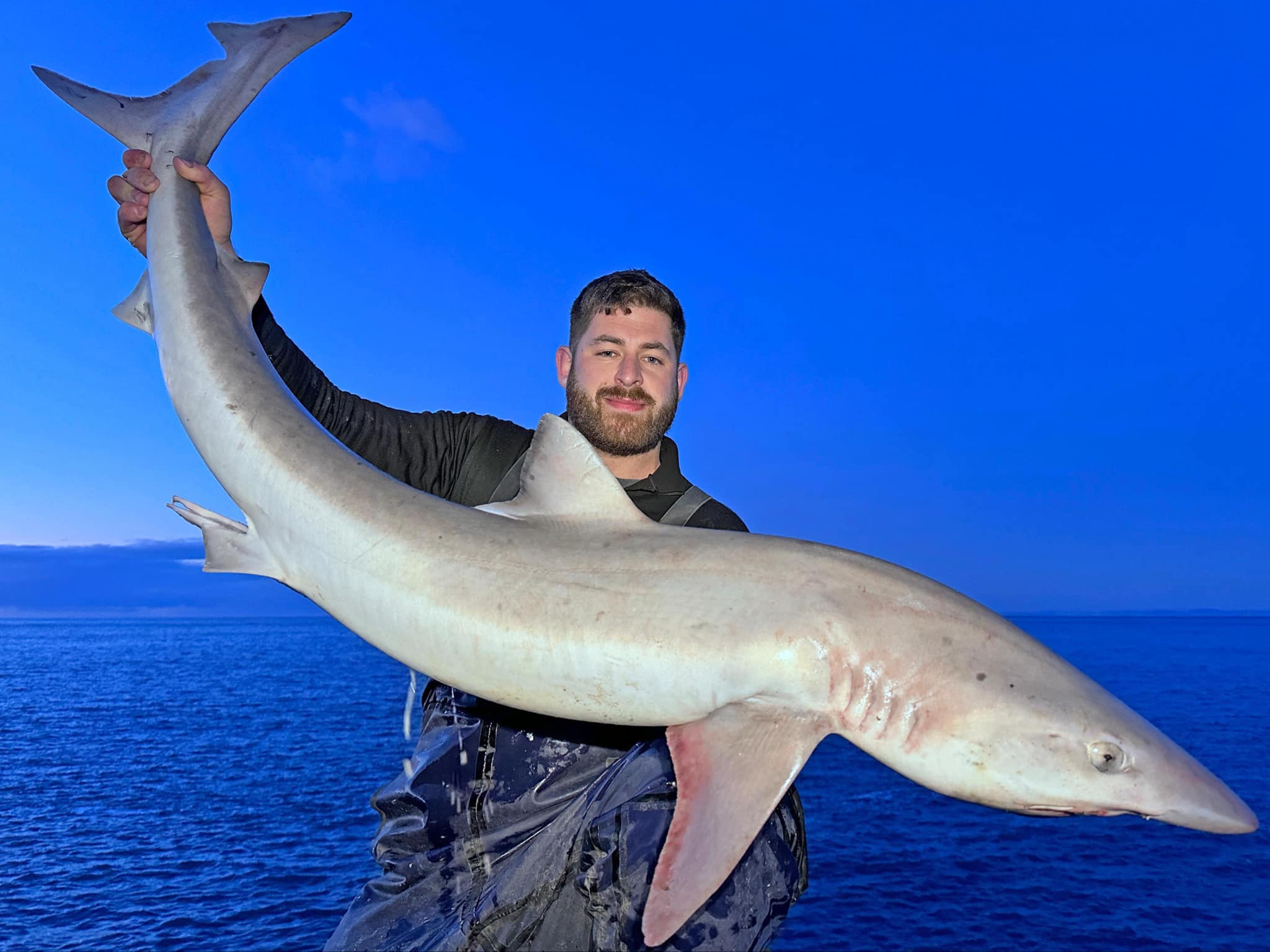 Fifteen club members fished in Combe Martin SAC’s ten day long Festive Fish and the winning anglers found some exceptional fish. Shane Pavio Hookway secured first and second places tempting a fine tope of 43lb 6oz ( 144%) and a specimen pouting of 2lb 2oz (141%). Kyle Bishop was third with a conger of 26lb 1oz ( 130%) and Ollie Passmore forth with a bull huss of 10lb 9oz.
Fifteen club members fished in Combe Martin SAC’s ten day long Festive Fish and the winning anglers found some exceptional fish. Shane Pavio Hookway secured first and second places tempting a fine tope of 43lb 6oz ( 144%) and a specimen pouting of 2lb 2oz (141%). Kyle Bishop was third with a conger of 26lb 1oz ( 130%) and Ollie Passmore forth with a bull huss of 10lb 9oz.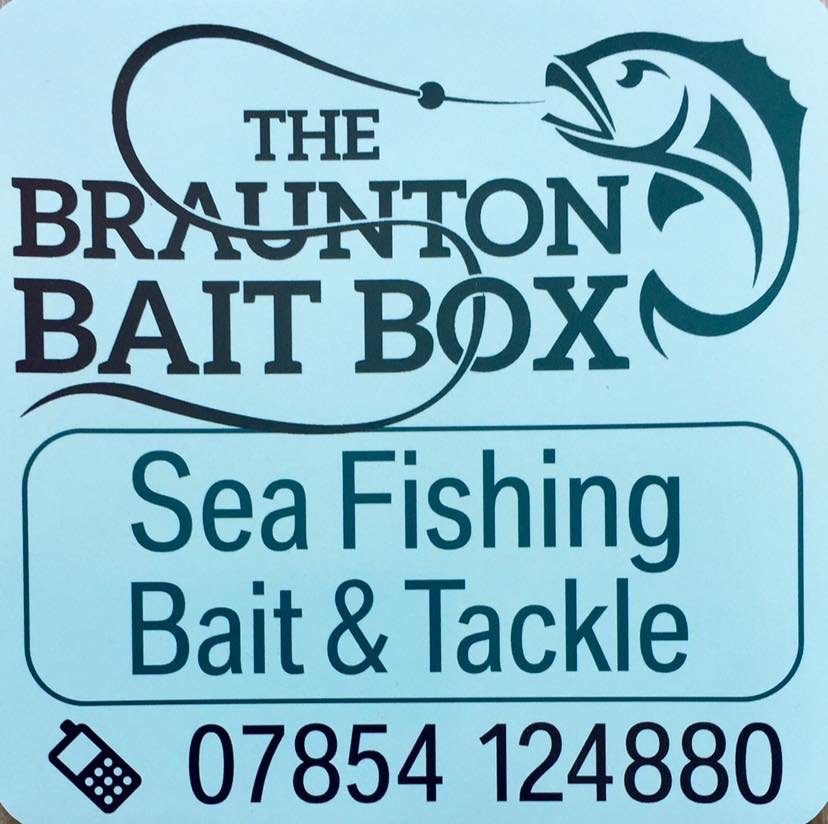
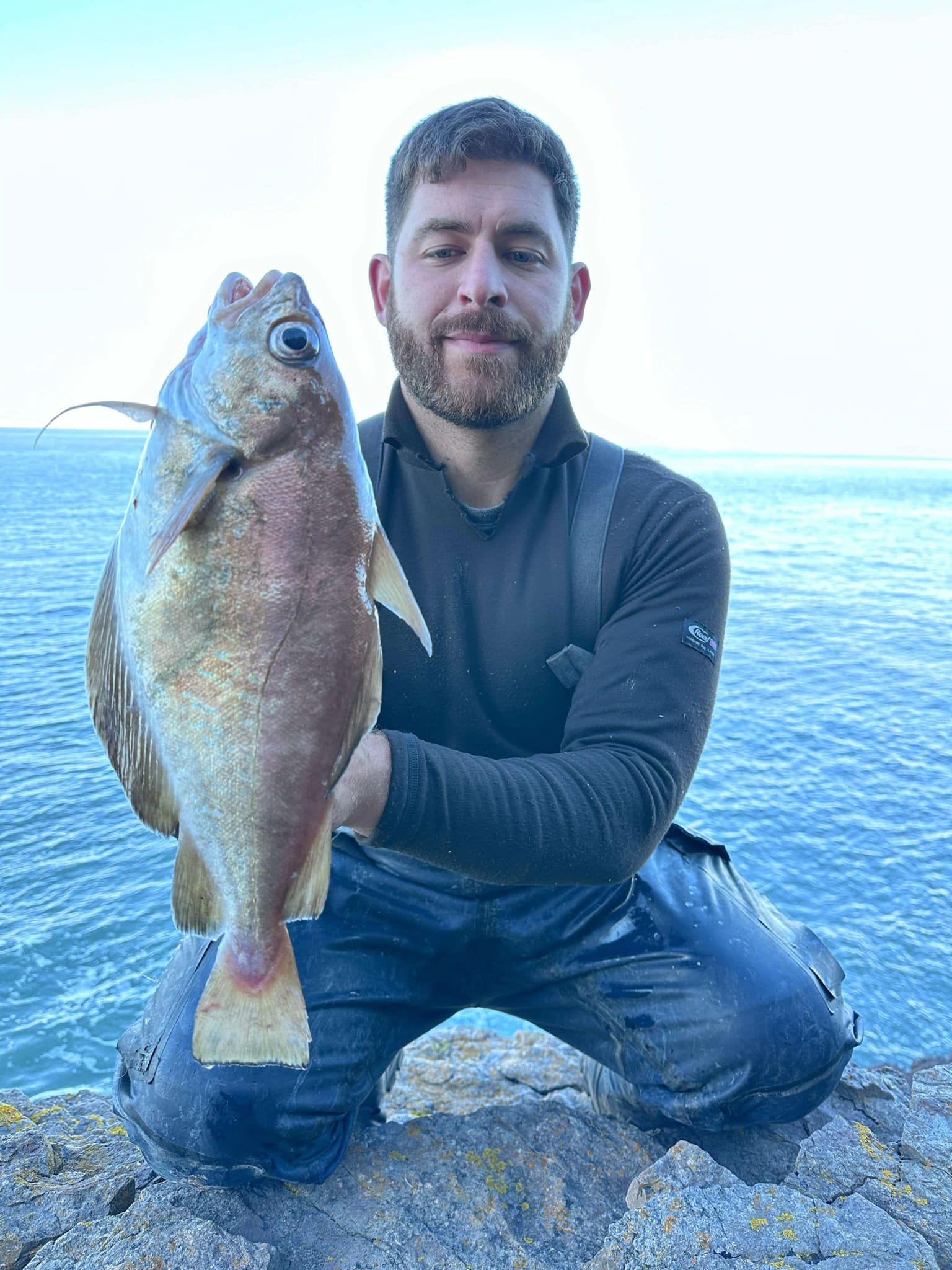
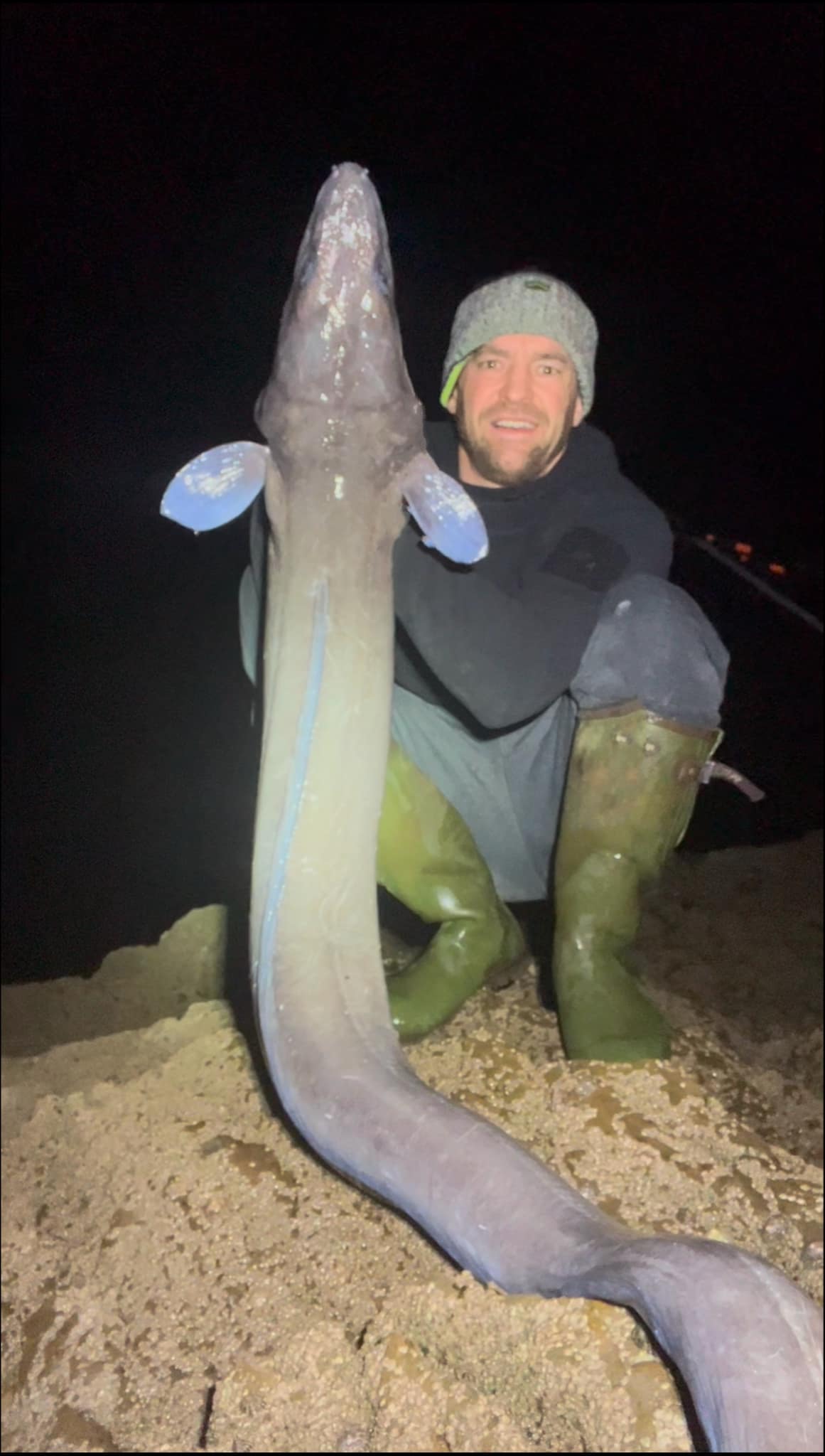
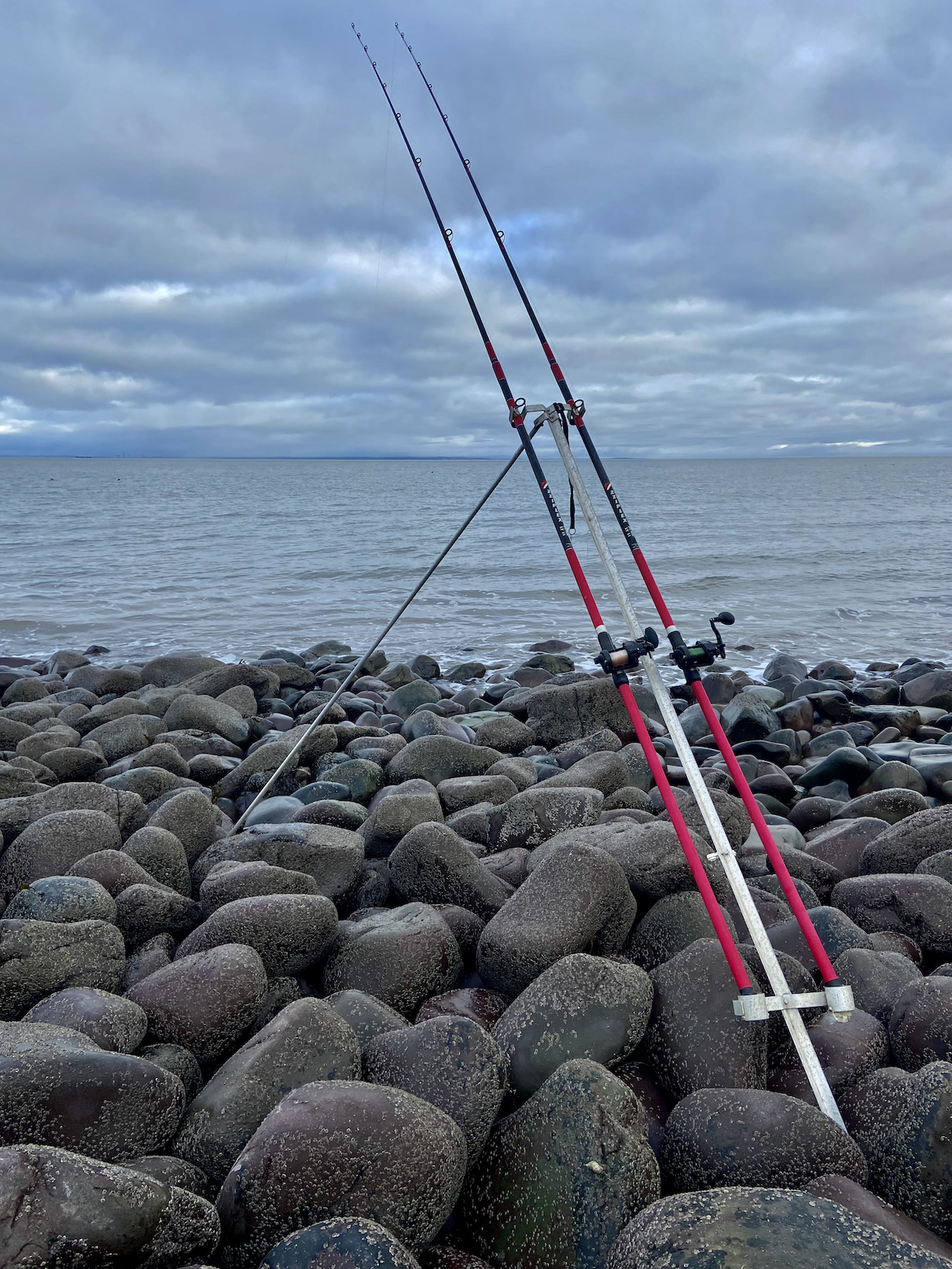
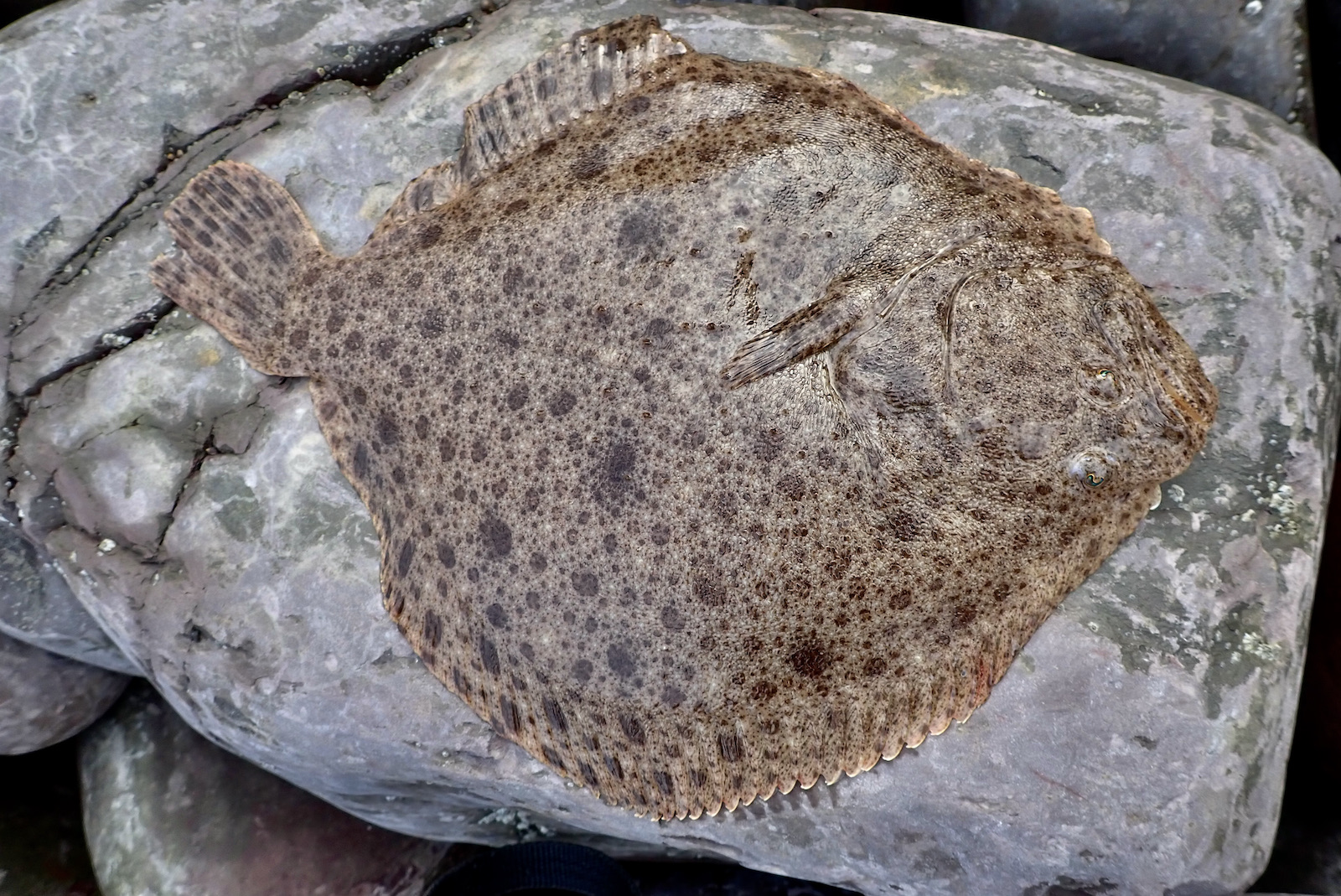
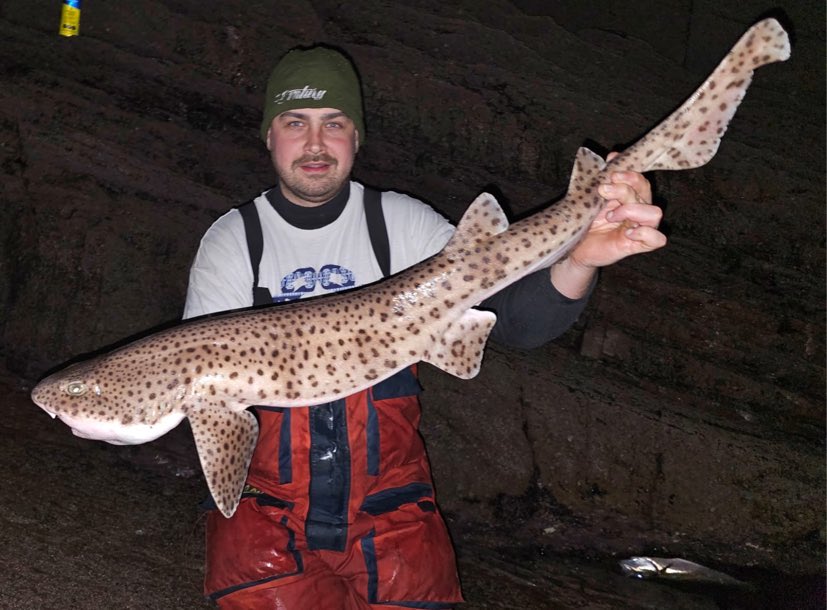


One of the highlights of the next few months will be our screening of Jack Perks’ wonderful film – Britain’s Hidden Fish on March 5th. Starting at 7pm in the Tamar Room, the 1 hr long film will be followed by a talk by Jack Perks. Tickets cost just £8 and are available through our Reception Team.
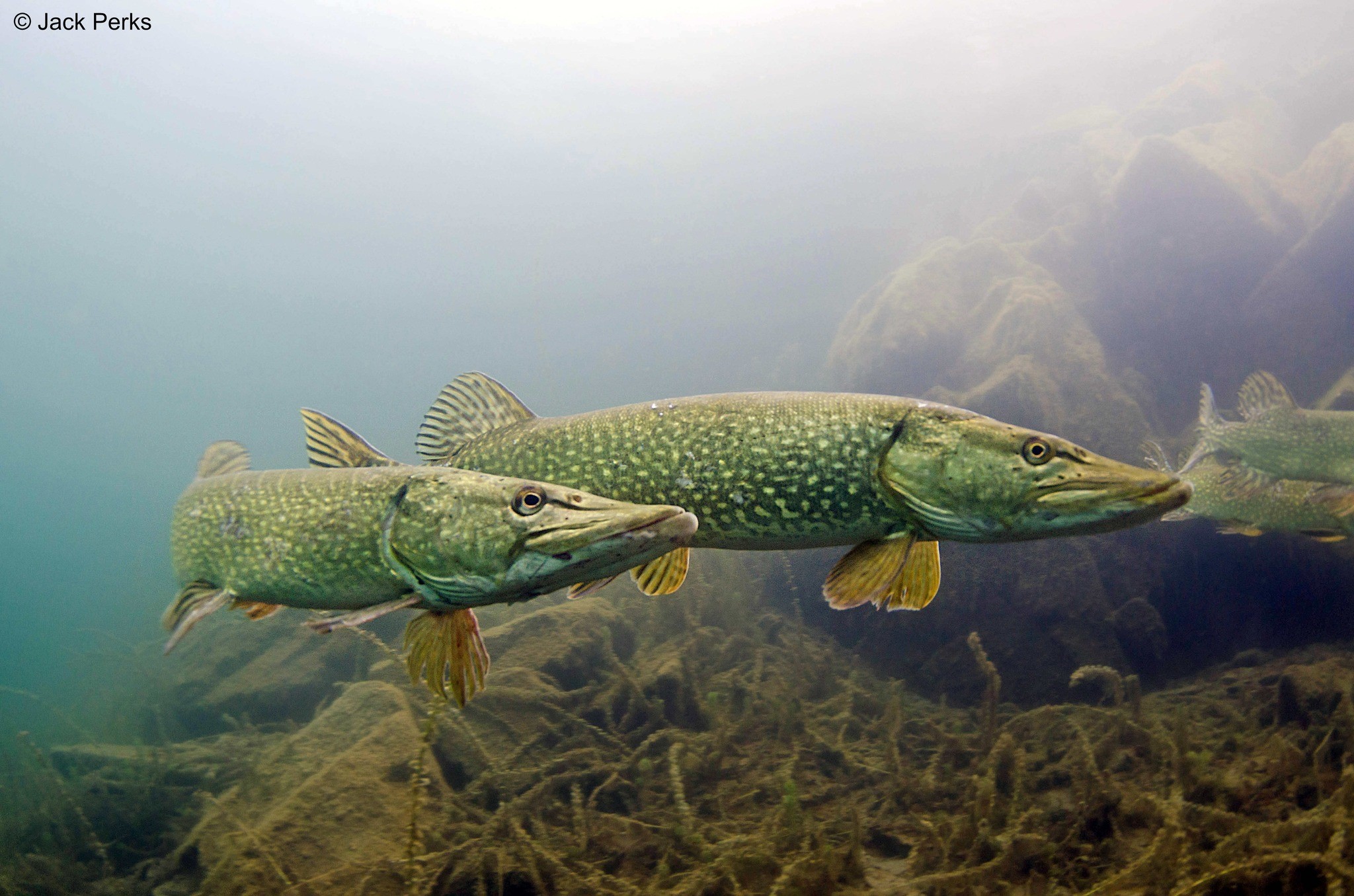
This beautiful documentary explores the underwater world of the UK, from our chalk streams to the open sea. Narrated by Jeremy Wade (River Monsters) this film was shot over the course of two years to bring stories, behaviours and footage never seen before of British fish.

Prior to the screening, the Arundell fishing team will be hosting a complimentary gathering with tea, coffee and nibbles in the morning from 10am followed by a wander down to our most productive Grayling beats, where our seasoned guides will demonstrate and teach our approach to catch Grayling on the fly. Afterwards, anglers will have an opportunity to fish the beats for the prestigious lady of the stream before heading back to the Hotel for the screening. Please let either our Fishing or Reception Teams know if you would like to attend.
Watch the trailer of Britain’s Hidden Fish
https://www.youtube.com/watch?v=_E6nJT0OfdA&ab_channel=CHASINGSCALES

1st S.Taylor 1lb 13 1/4oz
2nd Tom Downing 1lb 6 1/2oz

3rd Craig Crash Lamey 1lb 5 3/4oz
4th A. Masters 1lb 3oz
5th S. Taylor 1lb 2 1/2oz
6th M. Sheldrake 1lb 2 1/2oz
7th G. Hooper 1lb 1 3/4oz
8th J. Dixon 1lb 0 1/4oz
9th C. Lamey 1lb 0 1/4oz
10th J. Dixon 1lb 0 1/4
11th R. Walker 14 1/2 oz
12th Mathew Druce 14 1/4 oz
13th Jazzer 14 oz
14th Ian Hooper 14 oz
15th D. Bowden 13 3/4 oz
16th S. Bowden 13 3/4 oz
17th M. Druce 13 1/2 oz
18th Jazzer 12 1/2 oz
19th J. Dixon 12 oz
20th S. Bowden 10 1/2 oz
Thank to the pollyfield and the Reds for letting us use their facilities for the sign in and the weigh-in.
Thanks to pollyfield for providing burgers at the weighing I think they went down very well.
Thank you ever so much to all are sponsors we couldn’t do it without you.
D S Electrical, Clawford Lakes Resort and Spa, Devon Baits, Tom Wade Anglers Heaven, Barnstaple Bait and Tackle, Gaby Fish Pillows, James Grigg, Honeys of Parkham, The Bell Inn Parkham, Parkham Cheese and Crusher.
Final amount given to Pollyfield for the play park was £289
All the best tight lines and see you next year 🎣
Nathan Clements


